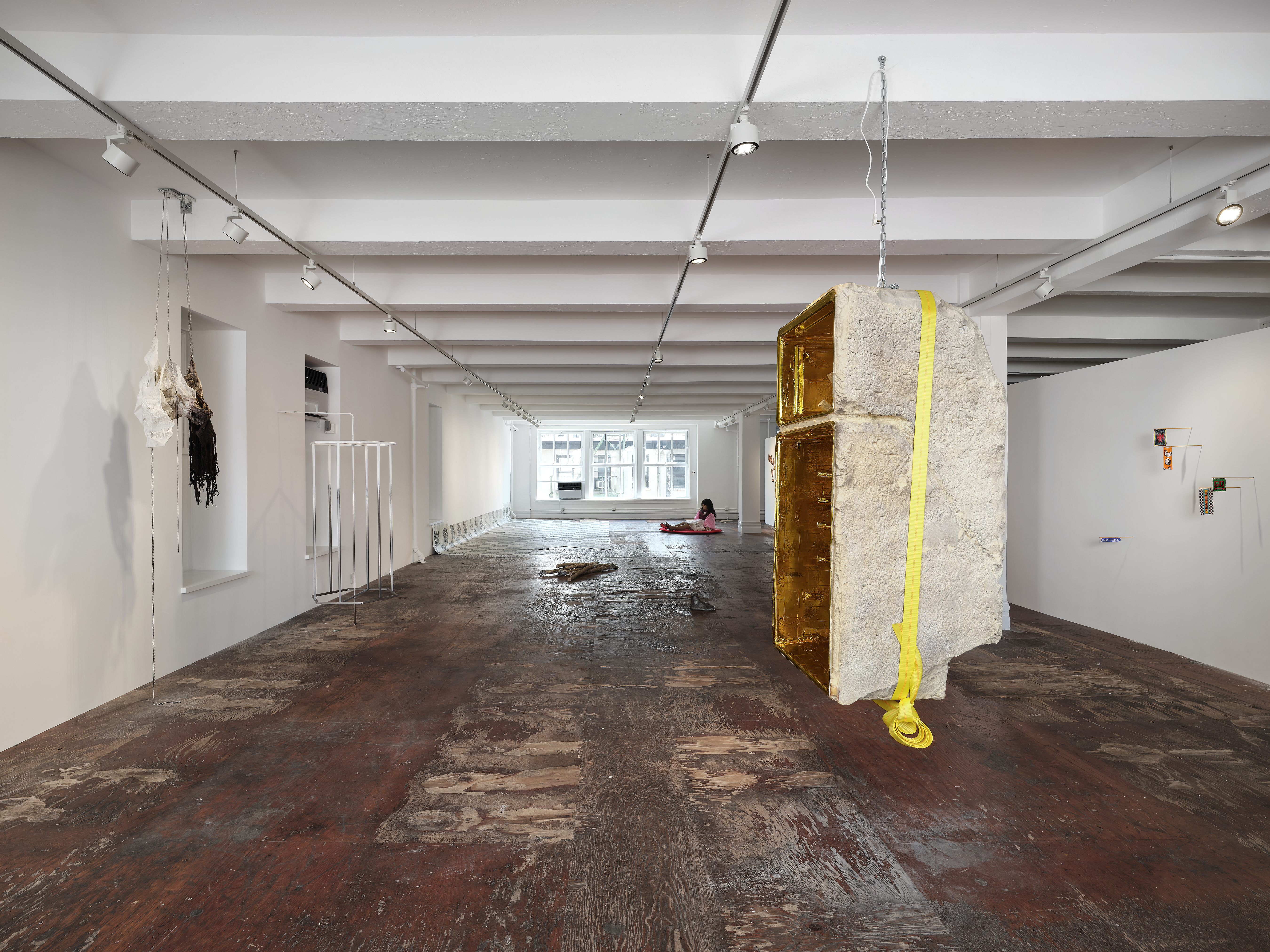Kiang Malingue is pleased to present at its New York space “After H(ours),” an exhibition by the 2025 graduates of the Yale School of Art MFA Sculpture Department. The exhibition title draws from “H(ours),” a thesis exhibition title by the cohort that was organized by Kameelah Janan Rasheed and Aki Sasamoto. Artists include: Nic[o] Brierre Aziz, Brenda Barrios, Helen Liene Dreifelds, Sam Frésquez, Alice Gōng Xiaowén, Jesús Hilario-Reyes, Andrew Luk, Gozié Ojini, Alix Vernet, and Omer Wasim.
“After H(ours)” considers sculpture as a time-based medium that recasts the afterlife of objects and materials, constellating multivalent space-time nodes: to map forgotten histories, to reroute perceptual systems, and to conceive new consciousness. Through a mutability that brings into fluid relation myriad mediums, such as drawing, sound, and performance, sculptures flit between evidence, index, record, and proof, or altogether at once. Nested with possibilities, sculptures act as an echolocation in search for “what comes after,” such as ensconced in the time of day that operates under the radar, cloistered in the furtive and rapturous space of communal invisibility, through transactions beyond legal boundaries and conventional protocols, and protected in the safe spaces shielded from surveillance. These are volatile spaces of amplitude, where crystallization of seismic shifts can be detected on an intimate scale, where a new star map of collectivity and temporality can be braided. In upending chronologies and knowledge systems towards futurity, “After (H)ours” proposes a new ground and an excavation, of what sociologist Paul Gilroy speaks of as the “collective work of salvage,” towards an ecology of what poet Fahima Ife calls the “porous aftermath.”
Nic[o] Brierre Aziz employs strategies of satire, absurdity, and word play, to unravel personal and collective narratives, drawing from contemporary pop culture while establishing extraction as a conceptual base to illuminate histories related to land, lineage, and ritual. Objects for performances or laden with potential, such as those holding the coexistence of mourning and celebration in jazz funeral practice, map a visual cosmology and a cartography of identity to imagine reverberant futures.
Brenda Barrios weaves the tropes of autobiography, in particular the artist’s Mexican-American identity and autoimmune condition, towards a celebratory pathway of healing and agency. The devotional form of milagros charms, traditionally carried for healing purposes and as votive offerings, are rendered in enlarged forms holding imprints and symbols of distressed body parts of stomach, heart, and feet. Further rousing mobility is a lifelike doll of the artist with interchangeable attire, such as a Mexican soccer jersey with customized sleeves, animated for each occasion.
Helen Liene Dreifelds’ work encompasses metal fabrication, handweaving, assemblage, lens-based media, and is concerned with relationality and the histories of transculturation and (mis)translations of material systems. Exploring the perception of touch in natural sciences, phenomenology, and mechanical systems such as the Jacquard loom, and investigating how pressure, contact, and energy transfers can uncover latent emotional state and perceptual slippages, her work fosters a heightened awareness of the individual in relation to the collective, as a poetics of what remains just out of reach.
Alice Gōng Xiaowén transmits the generative tension in sensory perception through the reconfiguration and unmooring of objects from their linear histories, processed through the translation of casting and image making. She re-routes material histories and tracks their ideological shifts, such as the silk strings of guzheng and guqin, and language and writing inscribed on wooden foundry patterns for varying scales of U.S. infrastructure, into works that articulate and narrate their materiality.
Jesús Hilario-Reyes’s sculptural and performative practice traces the fugitivity of Black subjecthood and the transformative space of queer collectivity and nightlife, rooted in the traditions of Caribbean carnival and rave culture. The dance floor is a fulcrum, evidence of communal embodiment where devotional and bodily markmaking of blurring, smudging, and edging can transport and recenter the margins. Through tactics of abstraction and overlay, Hilario-Reyes transforms quotidian architecture and spaces into ecstatic zones of transcendence.
Andrew Luk’s work entangles historical and speculative events through a refracted lens that blurs science fiction and space exploration, such as the Apollo-Soyuz Test Project in 1975 that sensationalized the handshake in space by American astronaut Thomas P. Stafford and Soviet cosmonaut Aleksei A. Leonov. By coalescing fragments of artifacts and objects instrumentalized by corporatized imperialist bureaucracy, Luk implores viewers to take note of their implication in perceptual calibration ascribed to evolving value systems, and social and political consciousness.
Gozié Ojini suspends the life cycle of objects to redistribute their material, social, and historical weight, intertwining the polysemic concept of burden, often titling his works after their physical weight. Tending to the intellectual and emotional resonances in Black music, the generative potential of breakdown–referring to the shift in rhythm and melody and stripped down sonic structure, as well as the disassembly of found objects–he transforms objects into instruments, and instruments into objects, such as the arrangement of piano keys into a cipher of a bloom or an explosion, and a back leather couch emitting a haptic frequency.
Alix Vernet explores the layered rituals, histories, and life cycles of public space and the built environment. Hybridizing practices that emerge from conservation, street art, and sculpture, her projects frequently involve unlikely collaborators, from monument technicians, to priests and passersby. In a body of work rooted in the life of an early 20th century building—once an erotic emporium owned by a Times Square impresario, and demolished by an architectural salvage dealer who also runs an escape room, Vernet collides overlapping narratives to examine how desire, value, gender, and performance are embedded in architectural spaces.
Through architectural thresholds in constellation with drawings and objects, Omer Wasim entangles botanical, geological, and quotidian histories, to activate a sensorial agency that subverts extraction, authority, and the nation state. By making visible the ruins, ruinations, and traces of imperial toxicity and militarized states in South Asia, and their sediments into material, social, and environmental ecologies, Wasim’s porous portals enable practices of belonging, survival, generational knowledge, and new discourses.
– Jo-ey Tang
(About the artists)
Nic[o] Brierre Aziz (b. 1990, New Orleans, U.S.A.) is a Haitian-New Orleanian interdisciplinary artist and curator. His work is deeply community-focused and rooted around the utilization of under-discussed personal and collective histories to reimagine the future. Aziz’s practice also often engages themes of history, pop culture, and satire while centering narratives of the Caribbean and Southern United States. He has contributed to publications such as HuffPost and Hyperallergic, and his work has been featured by The Oxford American and The Associated Press, among others. He has been the recipient of several artist residencies and fellowships, including a 2020 Andy Warhol Foundation Curatorial Fellowship, a 2021 Joan Mitchell Center Artist-in-Residence, and a 2023 Art Matters Foundation Fellowship. He obtained a Bachelor of Arts degree from Morehouse College and a Master of Science degree from The University of Manchester, United Kingdom.
Brenda Barrios (b. Los Angeles, U.S.A.) is a multidisciplinary artist who works with sculpture, performance, music production, kineticism, video, and painting. Her practice explores disability themes through the lens of Mexican-American methodologies, integrating pláticas, collaborations, and rigorous research into her creative process. In her multidisciplinary practice, Barrios draws inspiration from her narrative as a first-generation Mexican-American. Her recent work blends tactile elements with cultural symbolism. She earned her B.A. degree in Art from the University of California, Los Angeles. Barrios has exhibited at Univision, Pasadena Museum of History, Human Resources, Haight Street Art Center Gallery, Boone Family Art Gallery, Superchief Gallery, Museum of Latin American Art (MOLAA), New Wight Gallery, and Yale University Art Gallery, and has been featured on Primer Impacto for her work.
Helen Liene Dreifelds (b. 1987, Toronto, Canada) is an interdisciplinary artist whose work explores transformation through the lenses of affect, language, and duration, guided by structured improvisation and textile thinking. Responding to a trembling present, her practice engages histories of transculturation and relationality, examining how material, cultural, and mechanical systems hold and shift meaning over time. Materially expansive, her work incorporates handweaving, assemblage, metalworking, lens-based media, and ephemera to build hybrid forms and sensorial environments that convey states of tension, permeability, rupture, and renewal. Most recently, she has staged subtle material performances that evoke the thresholds between language and matter. Dreifelds has exhibited at the Montreal Centre for Contemporary Textiles, the Biennale Révélations in Paris, and the Museum of Contemporary Art Toronto. Her work has been supported by the Centre for Collaborative Arts and Media, the Canada Council for the Arts, and the Toronto Arts Council. She is currently attending the Skowhegan School of Painting & Sculpture in 2025.
Sam Frésquez (b. 1996, Mesa, U.S.A.) is a Chicana interdisciplinary artist whose practice engages with material histories, competition, and choreography. Frésquez responds to issues of vulnerability and resilience through the lens of gender, examining the rigid and hyper-masculine culture through performance and sculptural installation such as intricately beaded racing flags and fire suits of the NASCAR (The National Association for Stock Car Auto Racing). Her work has been exhibited at SFMoMA, The Denver Art Museum, The Phoenix Art Museum, the Tucson Museum of Contemporary Art, and the Scottsdale Museum of Contemporary Art. In 2022, Frésquez presented her first solo, Second Place Is The First Loser, at Calderón Gallery in New York City. She has been the recipient of artist residencies at Xico Galeria, the Haystack Mountain School, New York Arts Practicum, MASS MoCA, and CALA Alliance.
Alice Gōng Xiaowén (b. 1994, Beijing, China) is an interdisciplinary artist whose thoughts linger on the conceptual connotations of matter, once repositioned and interpreted as material culture. They are drawn to processes of indexing as meditations on anticipating loss, allowing action to become a hand in mitigating that which is becoming distant, disintegrating, slipping; yet made anew. Material translation helps lay to witness, stills from an exhaustive effort to hold onto that which is constantly in a stage of atrophy – to make relics from remnants of sound and texture, that are no longer exercised via the reconjuring of memory. Gōng’s practice distills sensory artifacts through the lens of personal, geopolitical, historical, and abstract materiality. Crafted and ready-made objects produce a collage of referents that intentionally signify, allude, and defamiliarize; suspending the potential and discrepancies of aural and visual language. Recent solo exhibitions include Gallery Vacancy, Shanghai and CHAMBER lower_cavity, Holyoke, Massachusetts. Recent group exhibitions include Silke Lindner, New York; Romance, Pittsburgh; and Stilllife, New York. Forthcoming solo and group exhibitions include Franz Kaka, Toronto; BANK NYC; and Island Gallery, New York.
Jesús Hilario-Reyes (b. 1996, San Juan, Puerto Rico) is an anti-disciplinary artist whose sculptural practice intersects with sonic performance, land installation, and expanded cinema. Their work examines the im/possibility of the Black body and its entanglements with photographic optics. These explorations coincide with a bubbling interest in the fugitive state or the fugitivity within Black subjecthood. Drawing from queer rave culture and carnival practices, Hilario-Reyes employs a satirical means to interrogate systems of hypervisibility and invisibility through the use of masquerade and spectacle. Central to their practice is the concept of ‘Destierro,’ a Spanish term most akin to being “torn from the land,” which primarily speaks to the feeling of belonging as it relates to environmental catastrophes or other causes of displacement, specifically to Black and Queer communities. Hilario-Reyes was recently awarded the Drawing a Blank Artist Grant, the Leslie Lohman Museum Fellowship, the Lighthouse Works Fellowship, and a residency at the Bemis Center for Contemporary Arts. They have presented their work at Frieze, London, e-flux, Gladstone Gallery, The Kitchen, and Museum of Contemporary Art Chicago.
Andrew Luk’s (b. 1988, New Jersey, U.S.A.) work explores the fluid boundaries between subject and object, delving into themes of authenticity, heterogeneity, and the ways in which liminal histories inform potential futures. Through materials and gestures, he examines how meanings and cultural memories are preserved, altered, or erased. Luk’s practice employs formal techniques such as doubling, bracketing, and substitution between art and artifice to create unsettling harmonies that prompt a reconsideration of what is natural and neutral. His sculptures and installations embrace ambiguity and nuance, functioning as spaces for reflection and negotiation. Luk has exhibited in Asia Society, Hong Kong; Tai Kwun Contemporary, Hong Kong; HOW Art Museum, Shanghai; chi K11 art museum, Shanghai; and Power Station of Art, Shanghai. His work is included in public collections such as the Smart Museum of Art, Chicago; Frank. F. Yang Art and Education Foundation, Shenyang, China; University of Chicago, Booth School of Business; and K11 Art Foundation, Hong Kong.
Gozié Ojini (b. 1995, Los Angeles, U.S.A.) is an artist working primarily in sculpture and installation. His works employ careful gestures with found objects to explore ideas about non-performance and the power of objecthood and materiality. Gozie’s practice is a meditation on objects’ formal and material qualities, their historical significance, the conditions under which they become available, and their emotional resonance. He also looks to the language of hip-hop music production, like sampling, looping, chopping, syncopation, and rhyme scheme, as tools to give context to the gestures he makes with objects. Gozie aims to address and find a generative space in the conflict between the historical dehumanization of the black body and an affinity with the agency of the non-human and the inanimate. He holds a B.A. from the School of Art and Architecture at the University of California, Los Angeles, and attended the Skowhegan School of Painting and Sculpture. Recent solo shows include Silke Lindner, New York, and In Lieu, Los Angeles; group exhibitions include Hammer Museum, Los Angeles, Et Al, San Francisco, and the Torrance Art Museum.
Alix Vernet (b. 1997, Denver, U.S.A.) examines and extends the social histories of built environments primarily by creating direct clay reliefs and guerilla latex molds of urban surfaces. Her work looks to the rituals, disappearances, and apparitions contained within the material life of buildings as entry points for examining wider questions of power, authorship, and meaning-making in public. Each project frequently involves long-term collaborations with both official and unofficial custodians of public spaces, including maintenance workers, museum conservators, pedestrians, and neighbors. Her work has been the subject of solo exhibition at Helena Anrather, New York, and group exhibitions at François Ghebaly, New York; Chapter, New York; Museion Bolzano; and the Gund Gallery & Museum, Kenyon College. Her work has been published by Dashwood Books and featured in Artforum, Texte zur Kunst, and Frieze.
Omer Wasim (b. 1988, Karachi, Pakistan) is an intermedial artist whose practice queers space to subvert the frames of extraction, infrastructure, and everyday wars that shape human relationships within cities and with nature. His work bears witness to the relentless erasure, violence, and destruction of our times by engaging with disappeared and emergent ecologies, the specters of postmemory, and the minutiae of daily life. Weaving in and out of the personal, as caught in the crosshairs of social and political upheavals, he gathers and transforms ephemeral, sonic, and more-than-human traces into works that resist state amnesia, historical erasure, and un-belonging in territories across South Asia. Wasim’s solo and collaborative projects have been shown at the National Museum of Qatar, the Yokohama Triennale, Sonsbeek 20→24, and the Dhaka Art Summit; at Jameel Arts Centre, Kunstraum Niederoesterreich, and Centre A; and in artist-led and regional platforms including Colomboscope, Khoj, the Cairo Video Festival, and the Karachi Biennale, among others.
After H(ours) Group Show
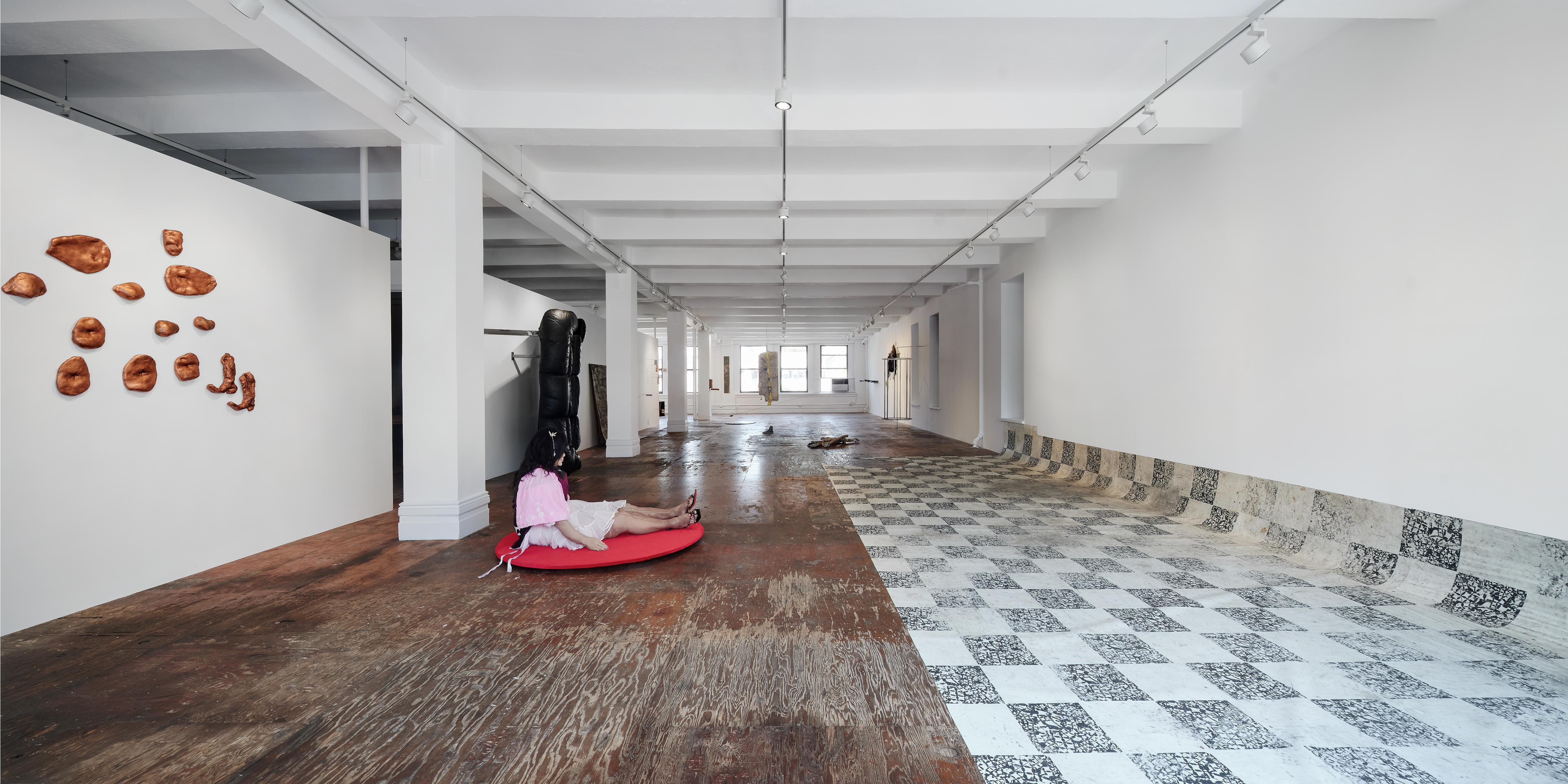
Installation view
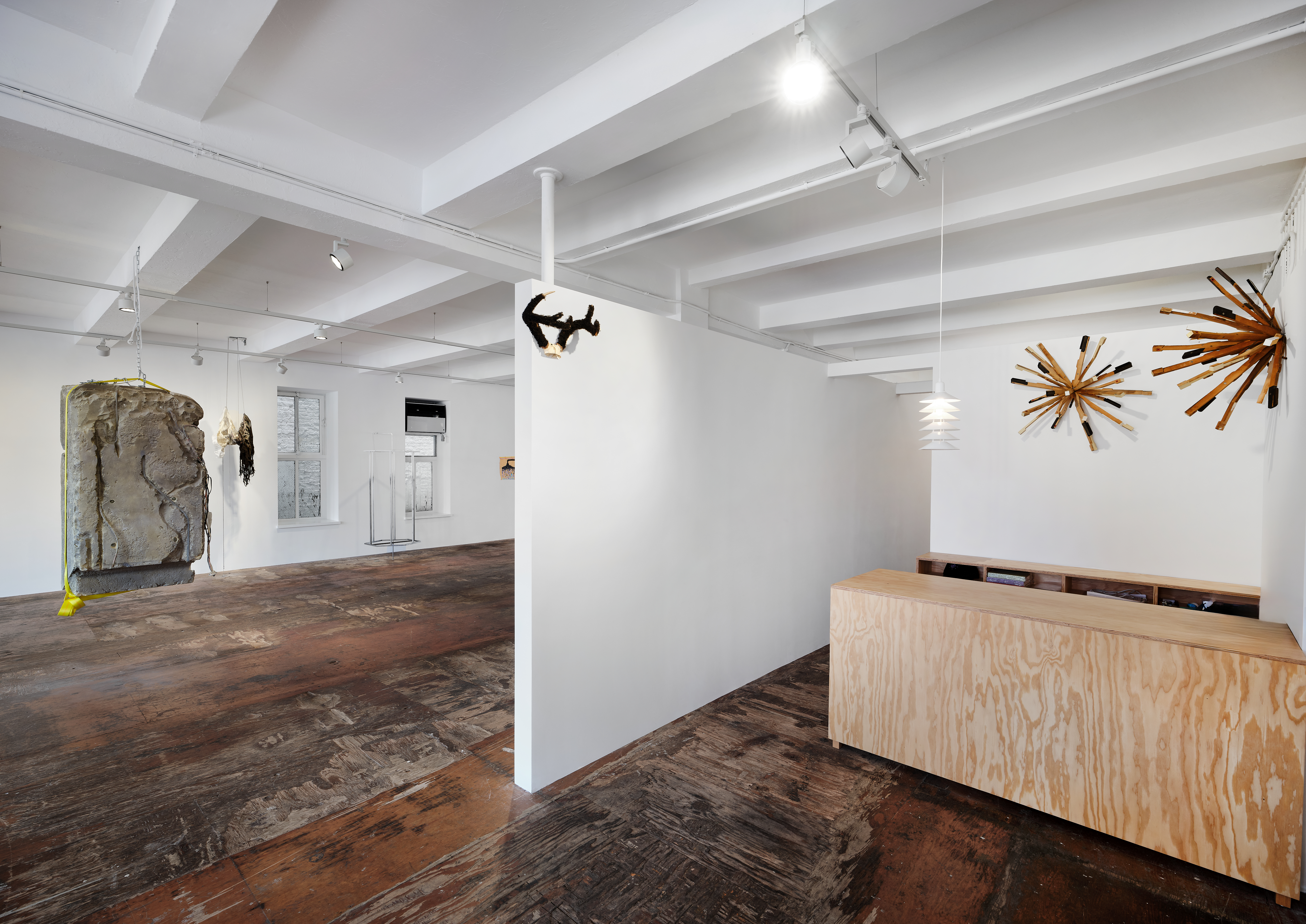
Installation view

Installation view
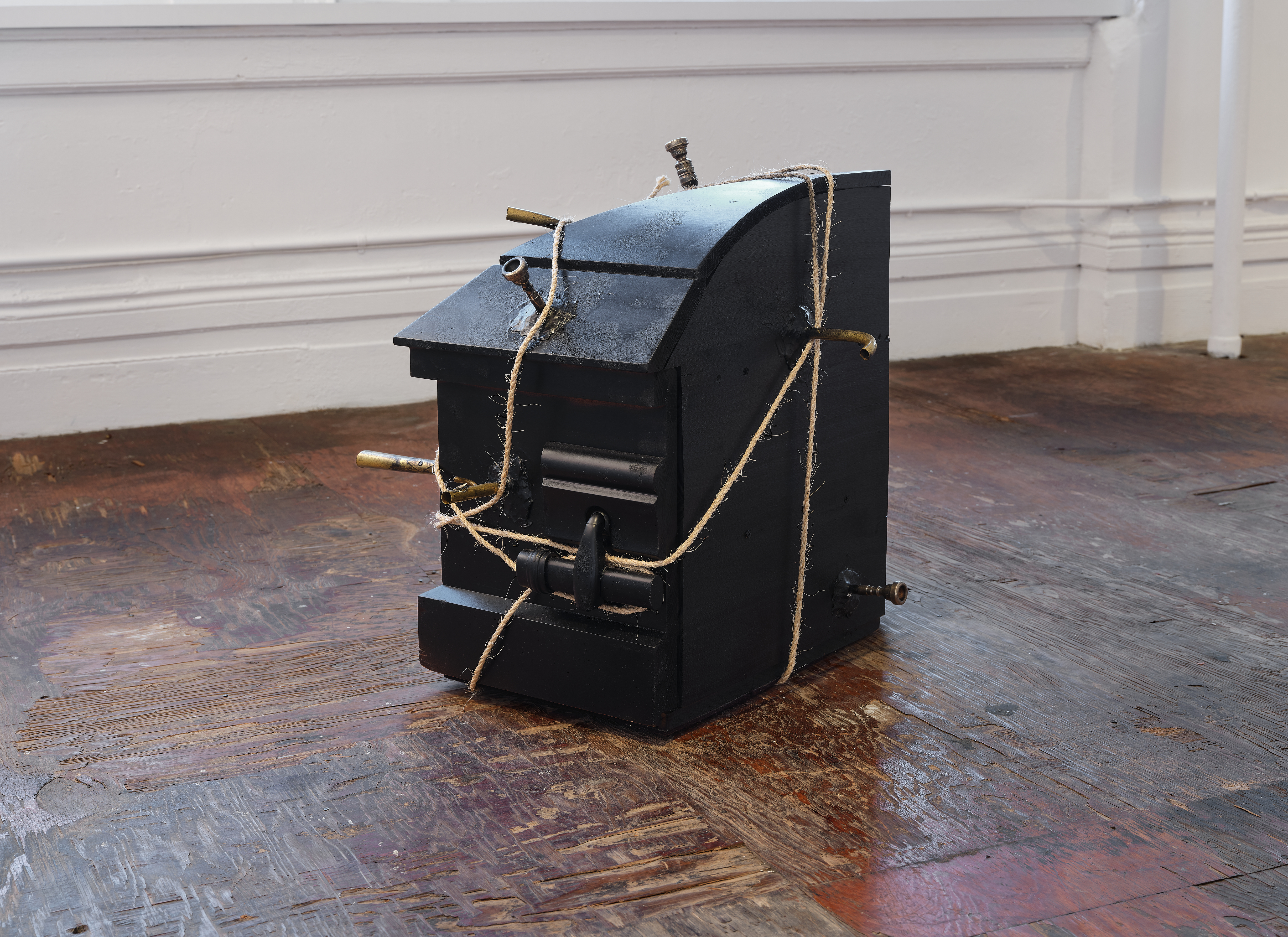
24 x 24 x 24 in

24 x 24 x 24 in
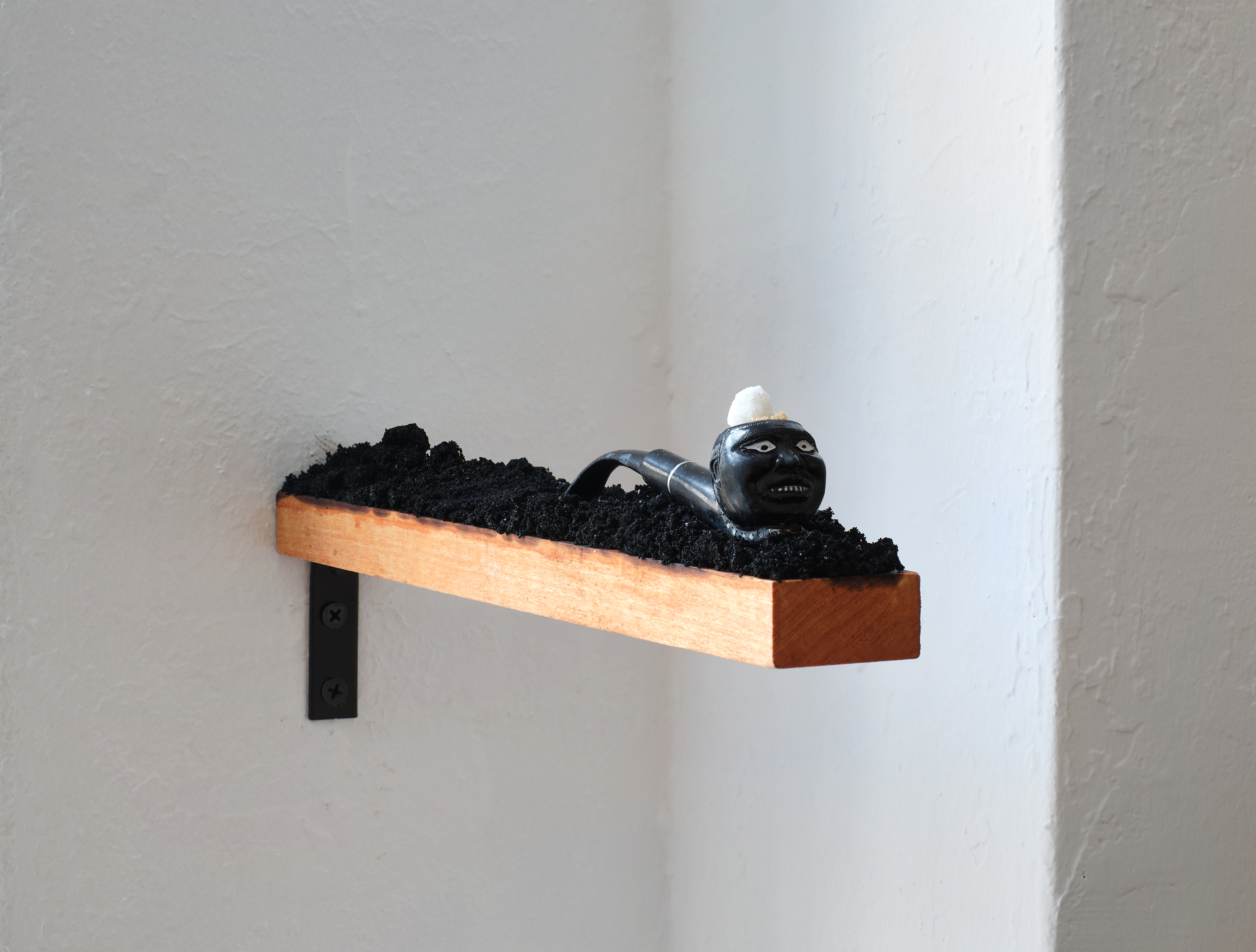
1 1/2 x 1 1/2 x 12 in

12 x 12 x 9 in
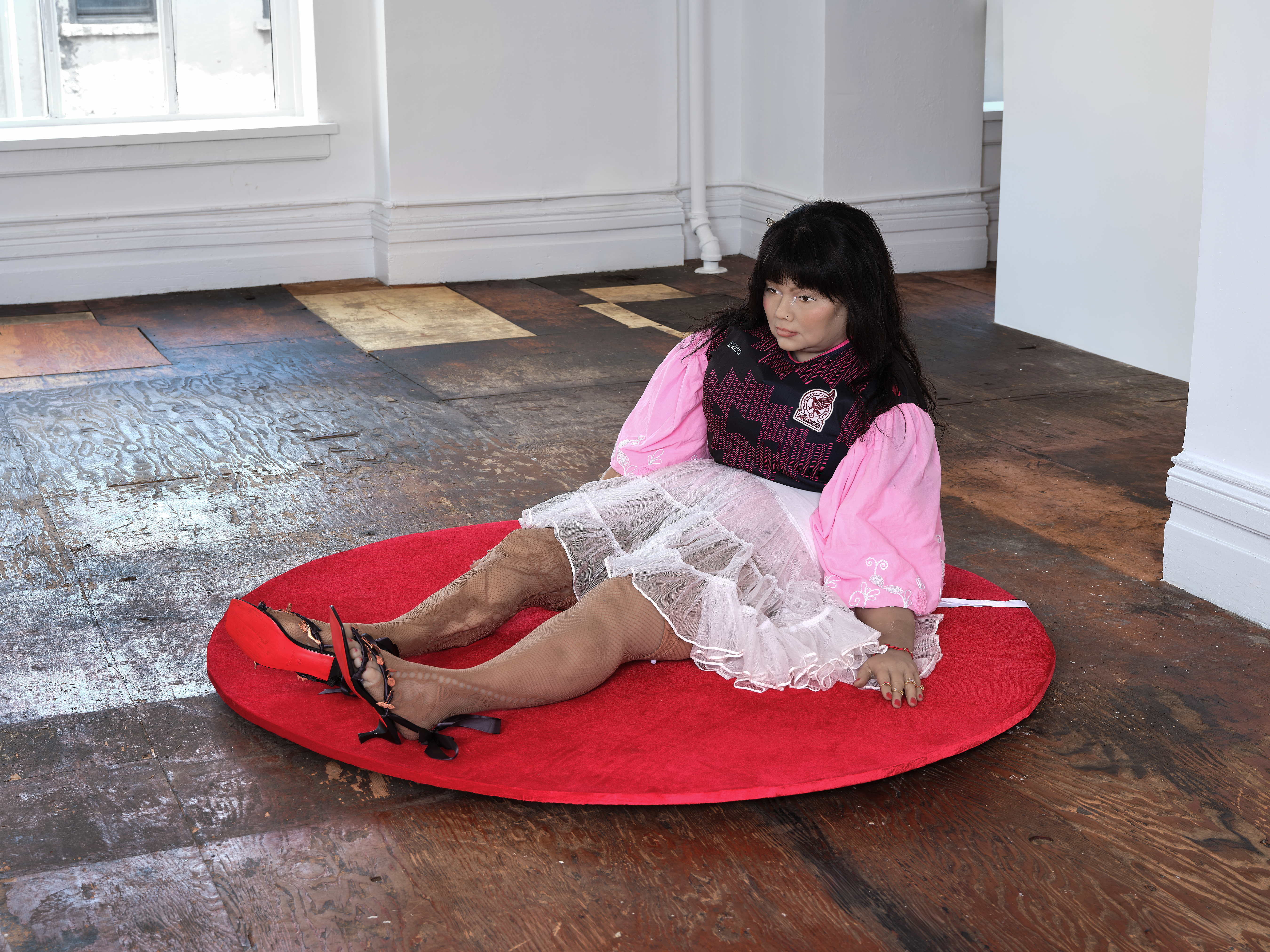
30 x 46 x 60 in
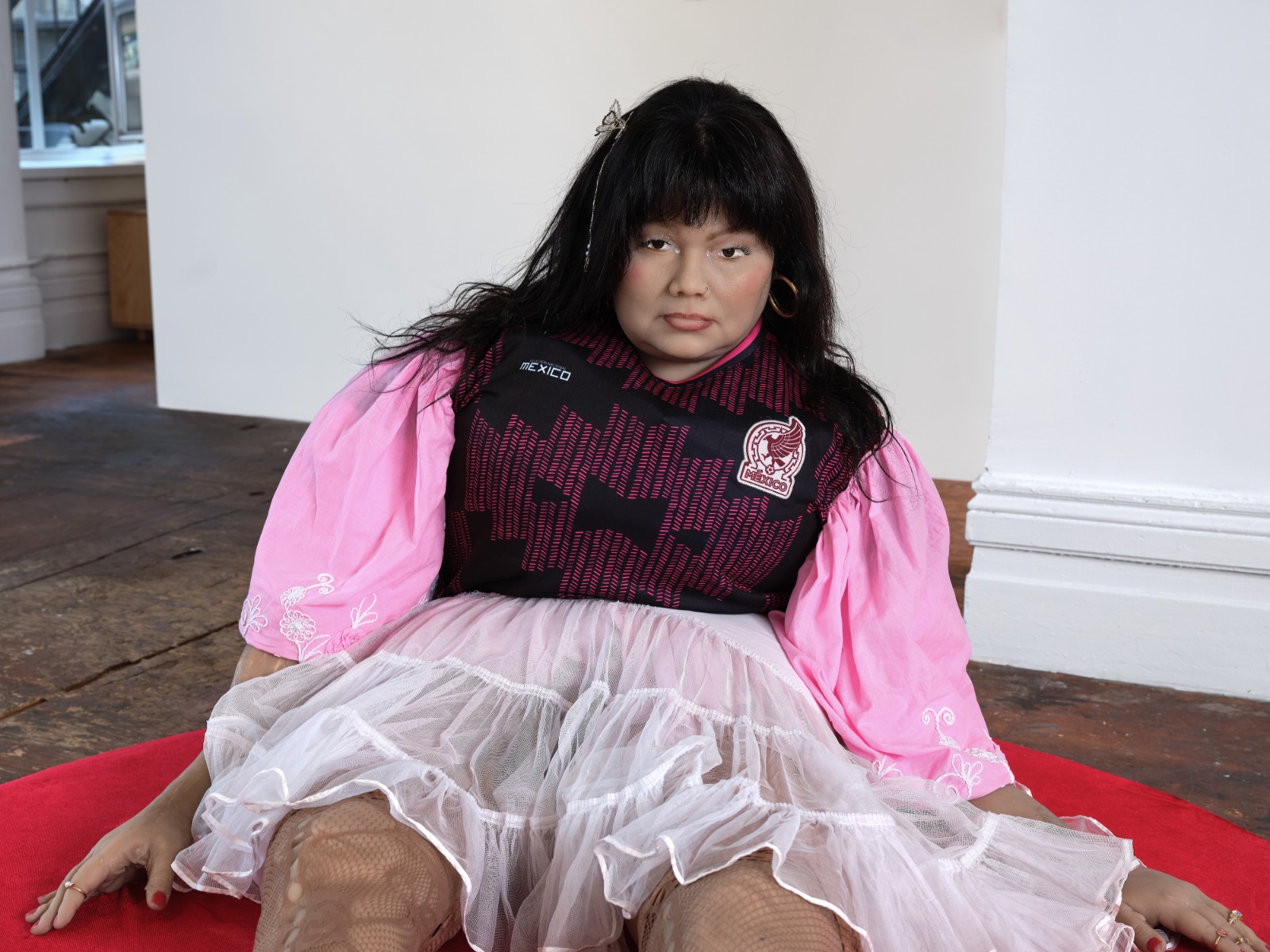
30 x 46 x 60 in
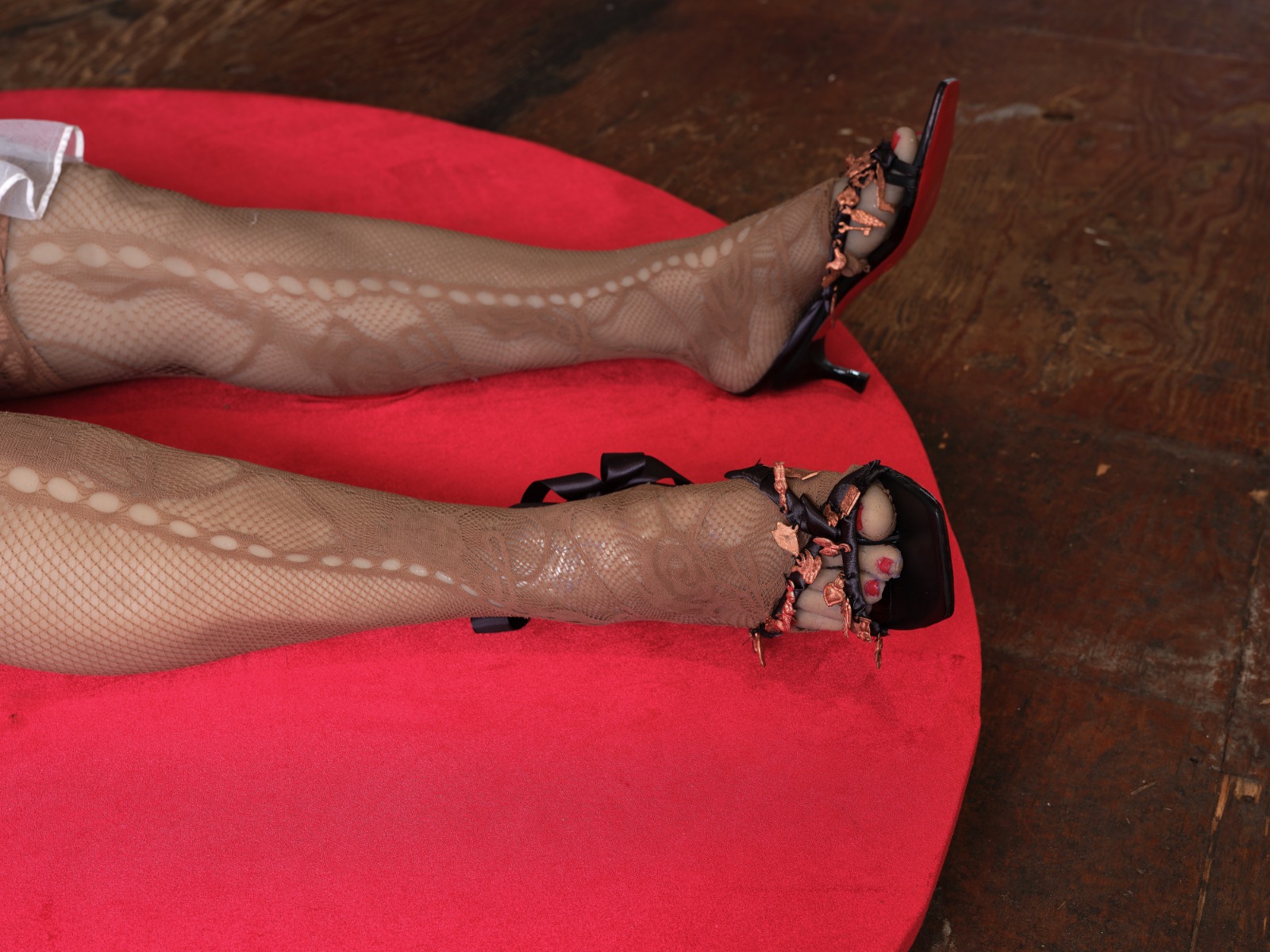
(Details) Brenda Barrios
Muñequita Muy Muy, La Comadre Homegirl, 2025
Cast silicone, custom wardrobe, porcelain, human hair
76.2 x 116.8 x 152.4 cm
30 x 46 x 60 in
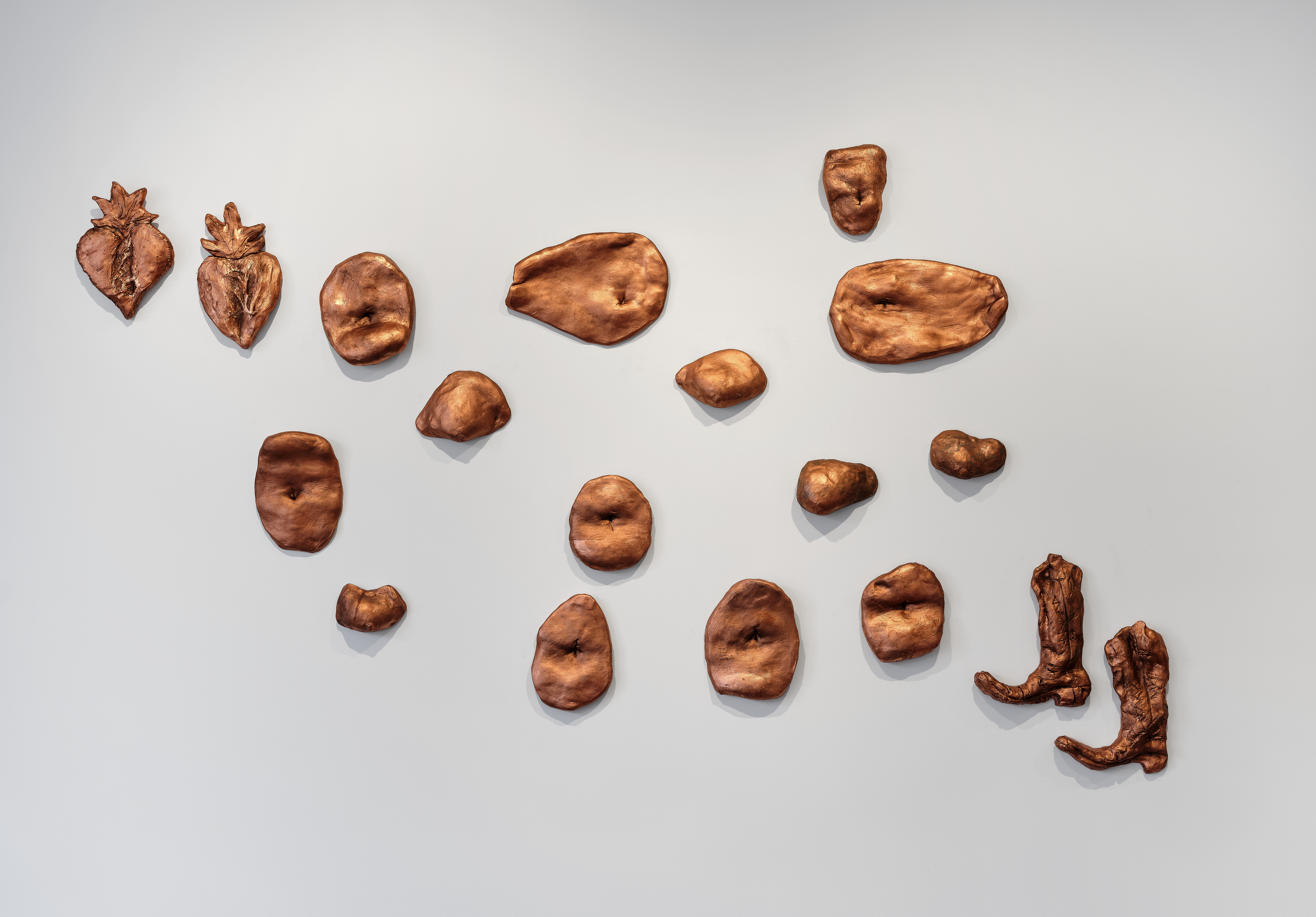
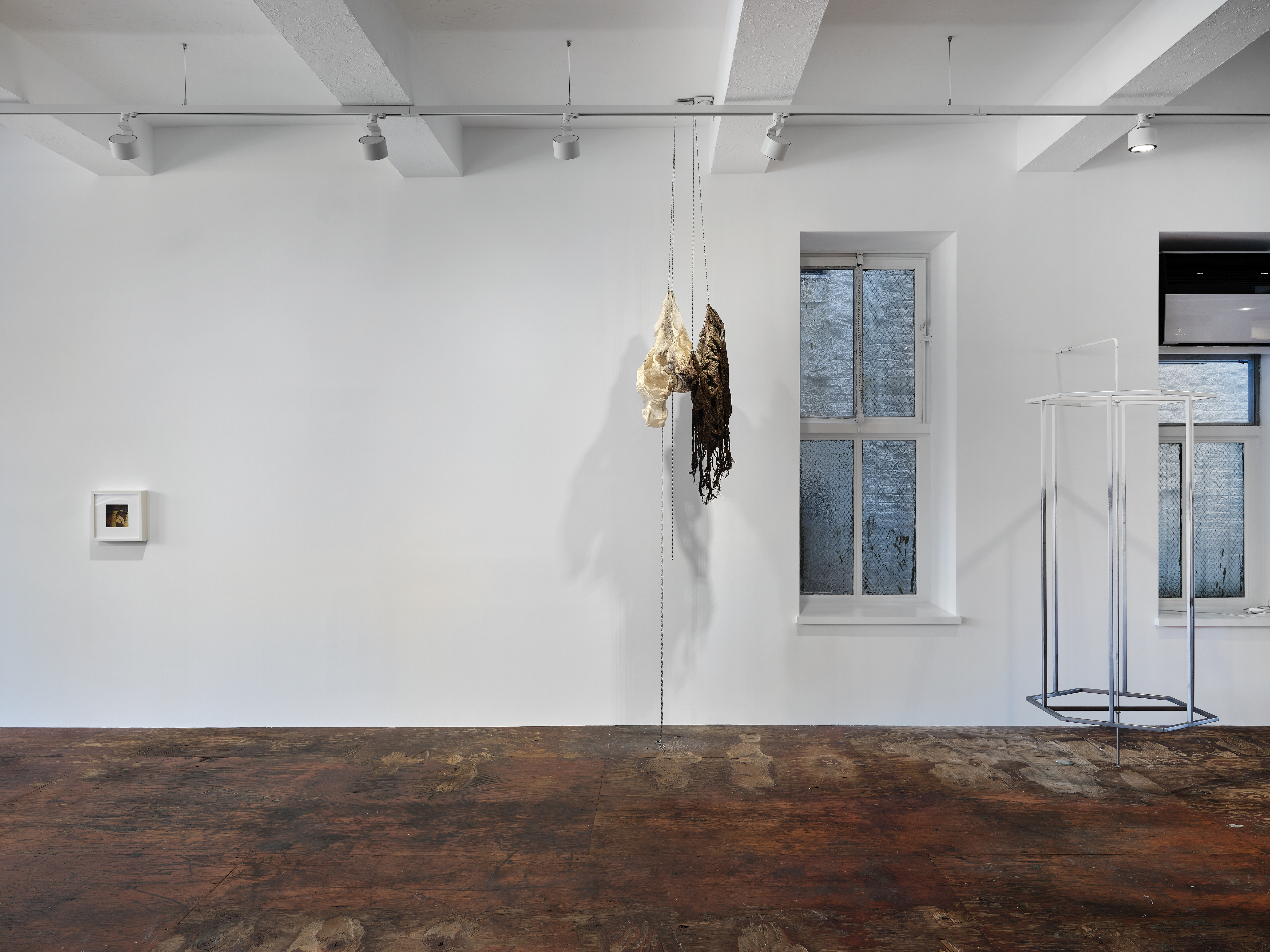
Installation view

146 x 18 x 18 in
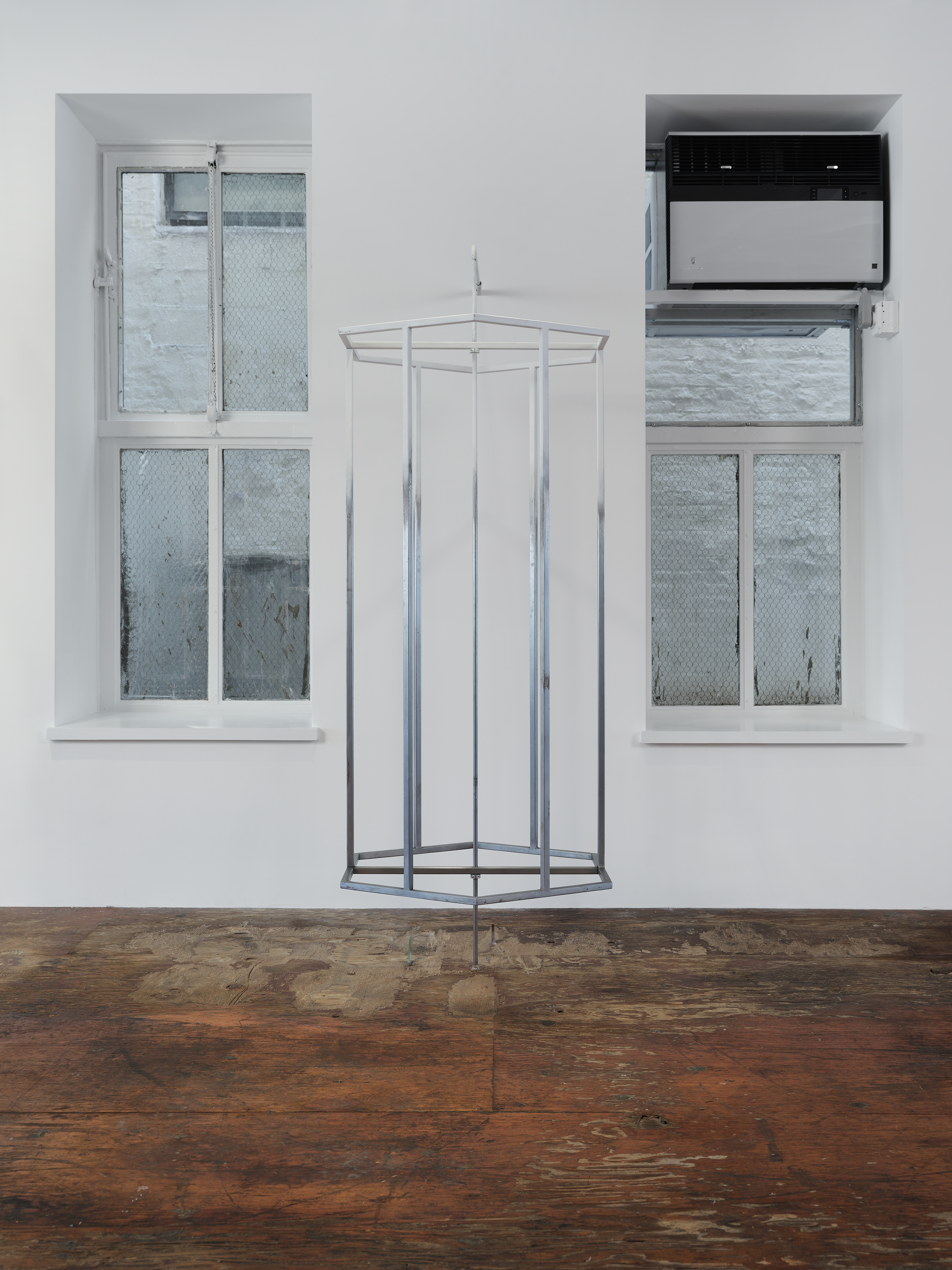
84 x 36 x 36 in
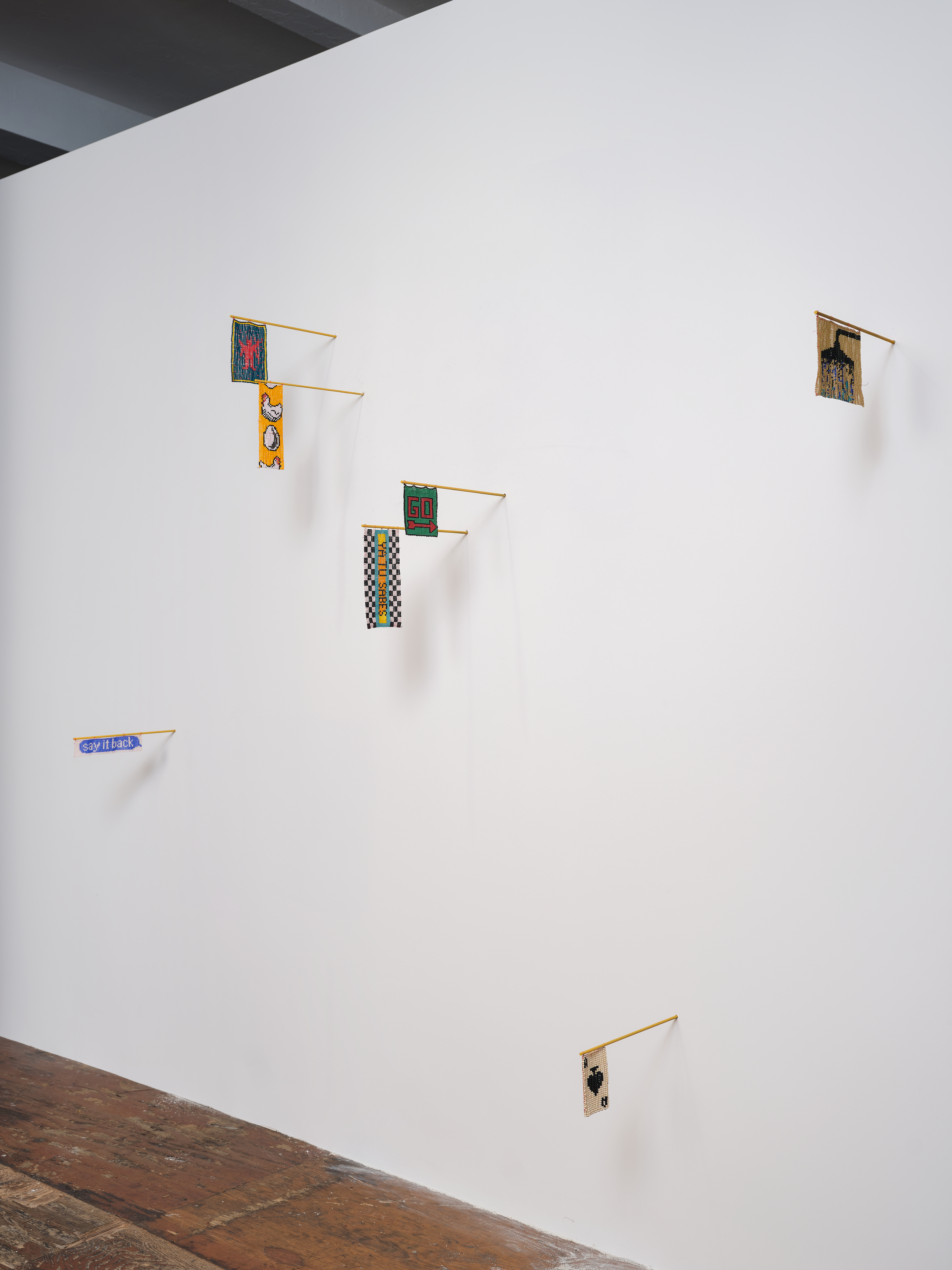
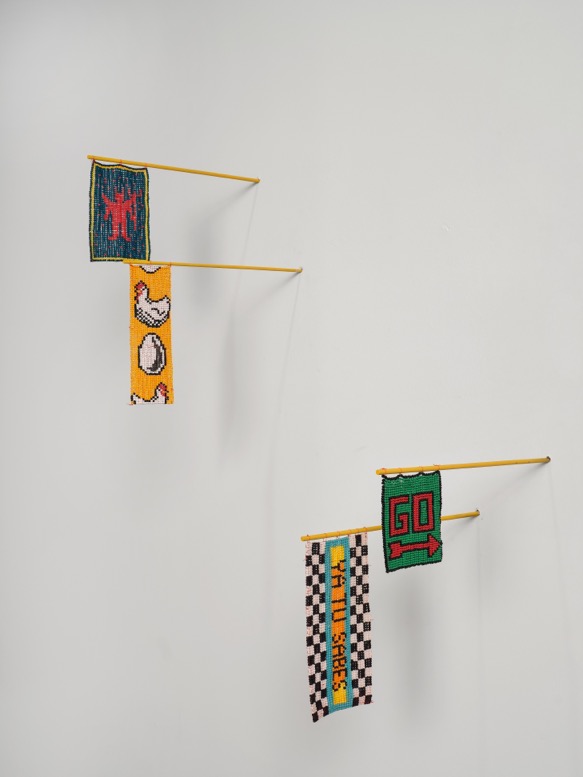
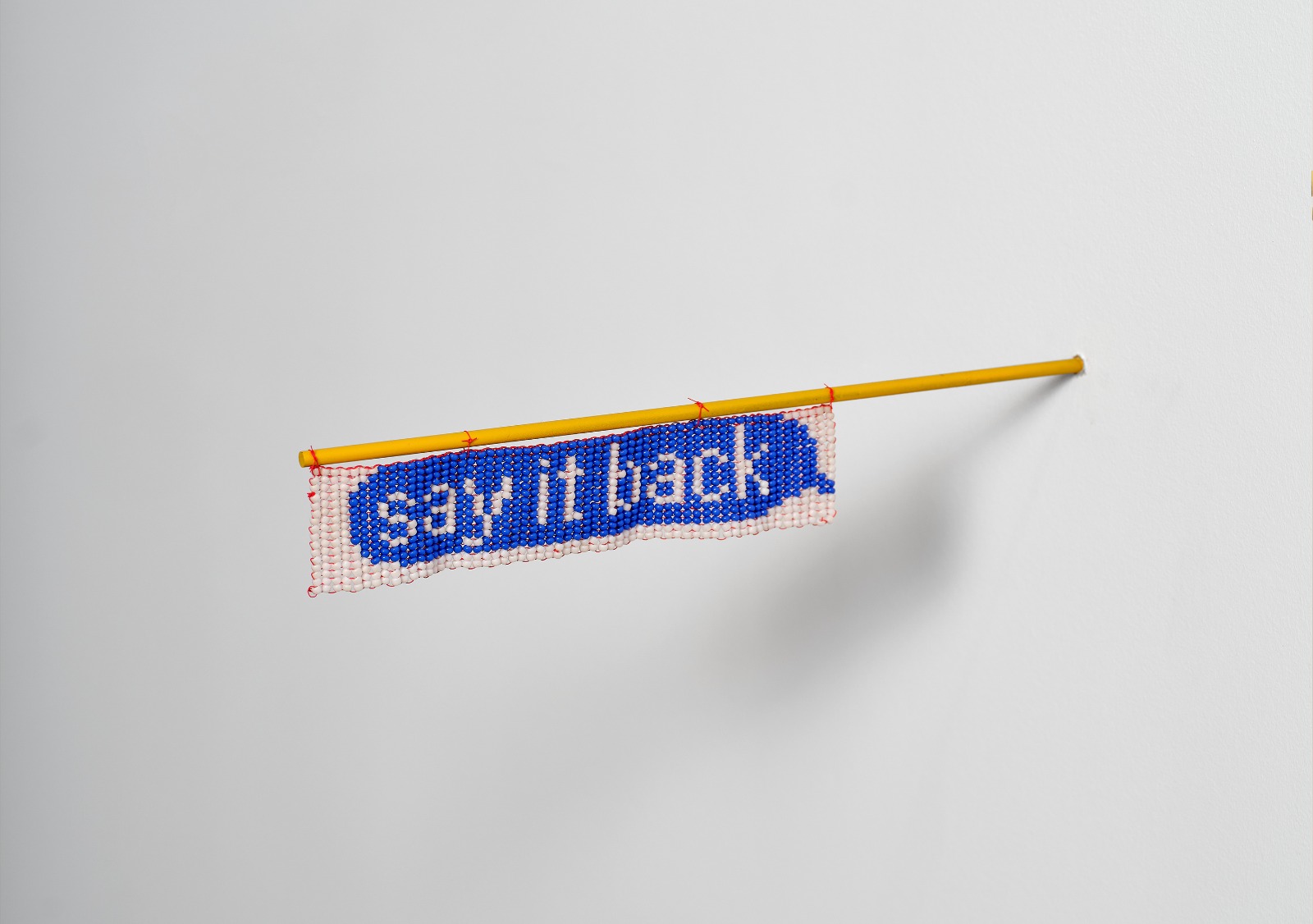
1 1/2 x 7 in
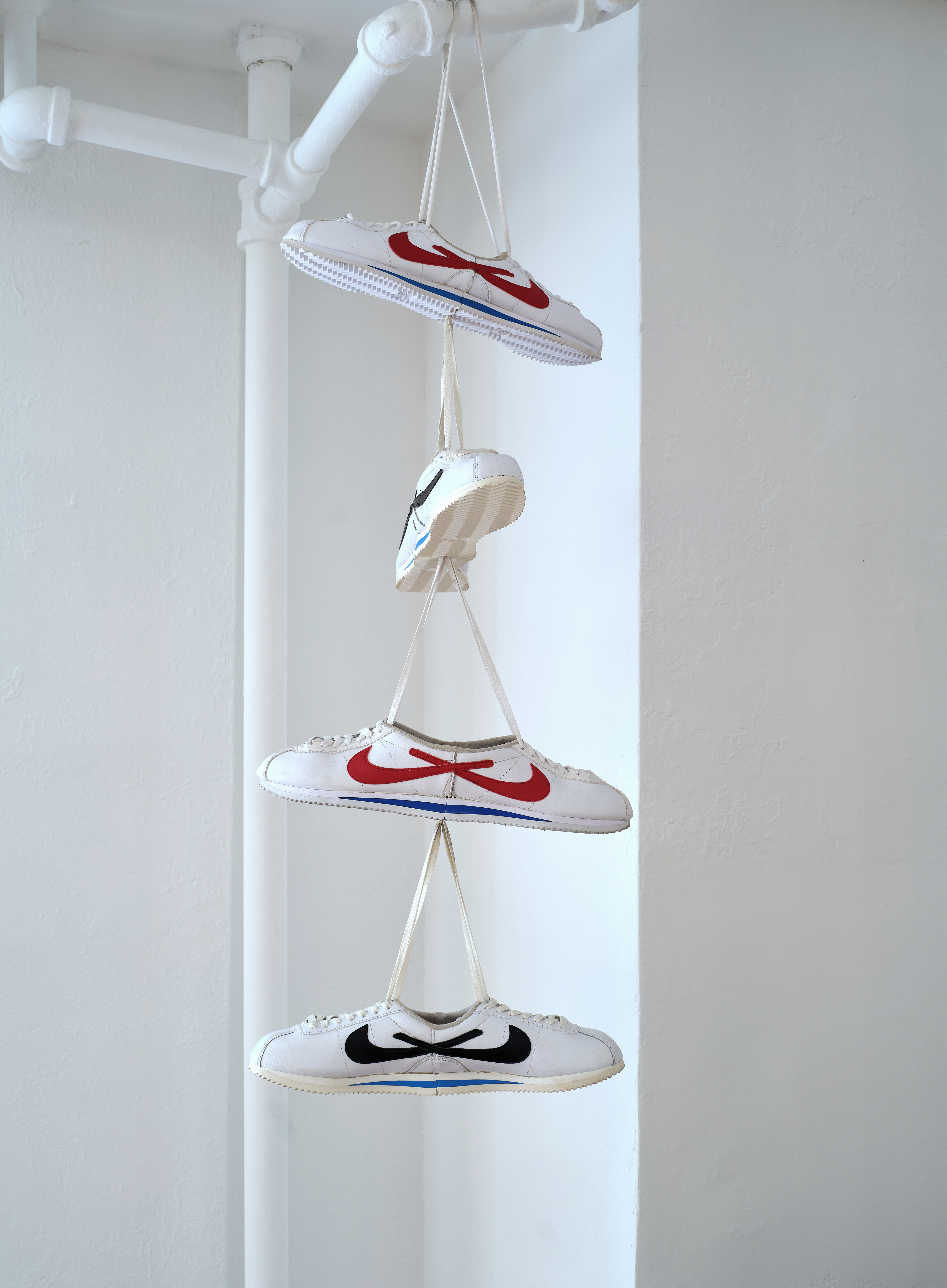
46 x 15 x 15 in

Installation view
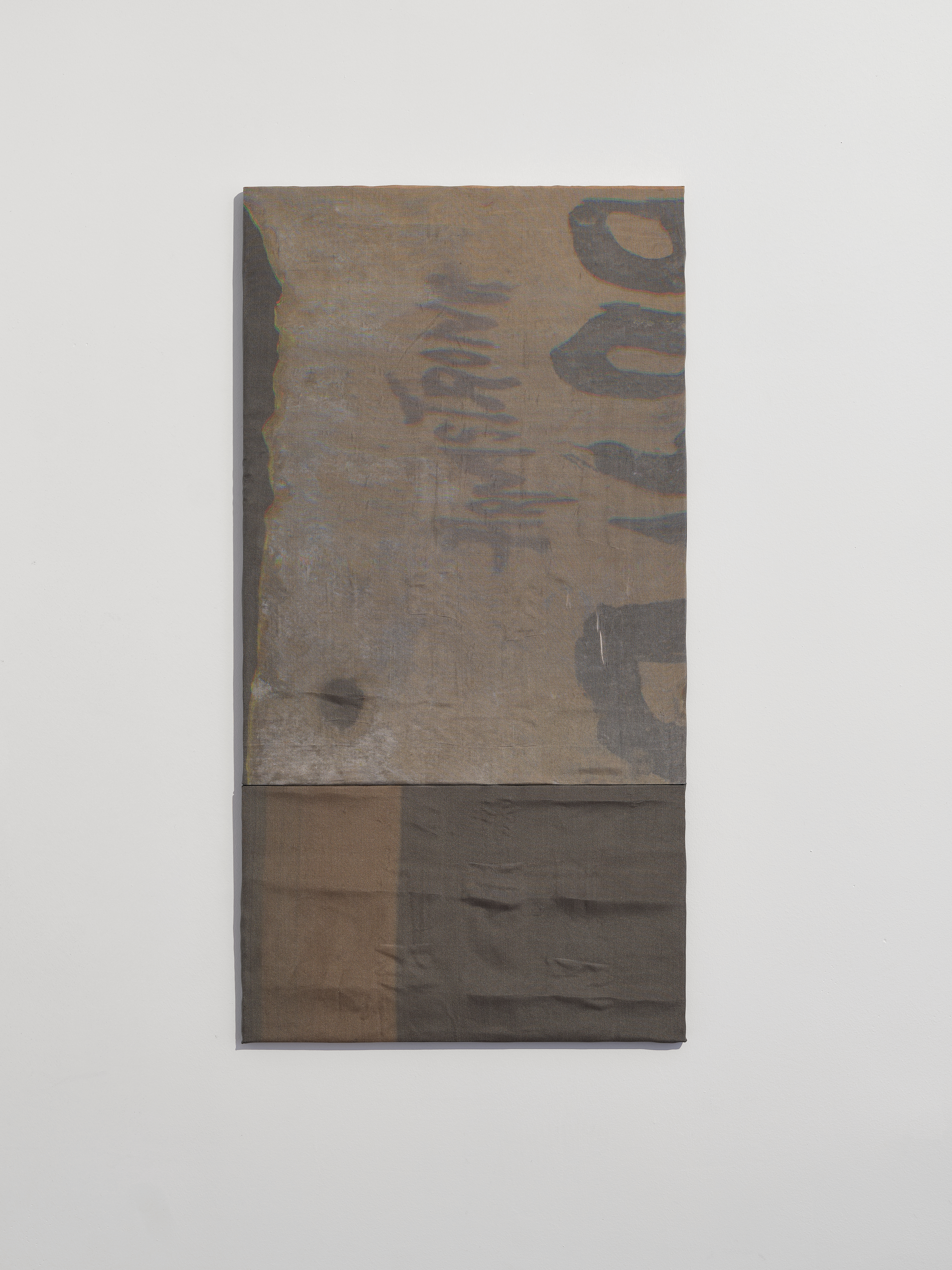
30 x 15 1/2 x 1/2 in
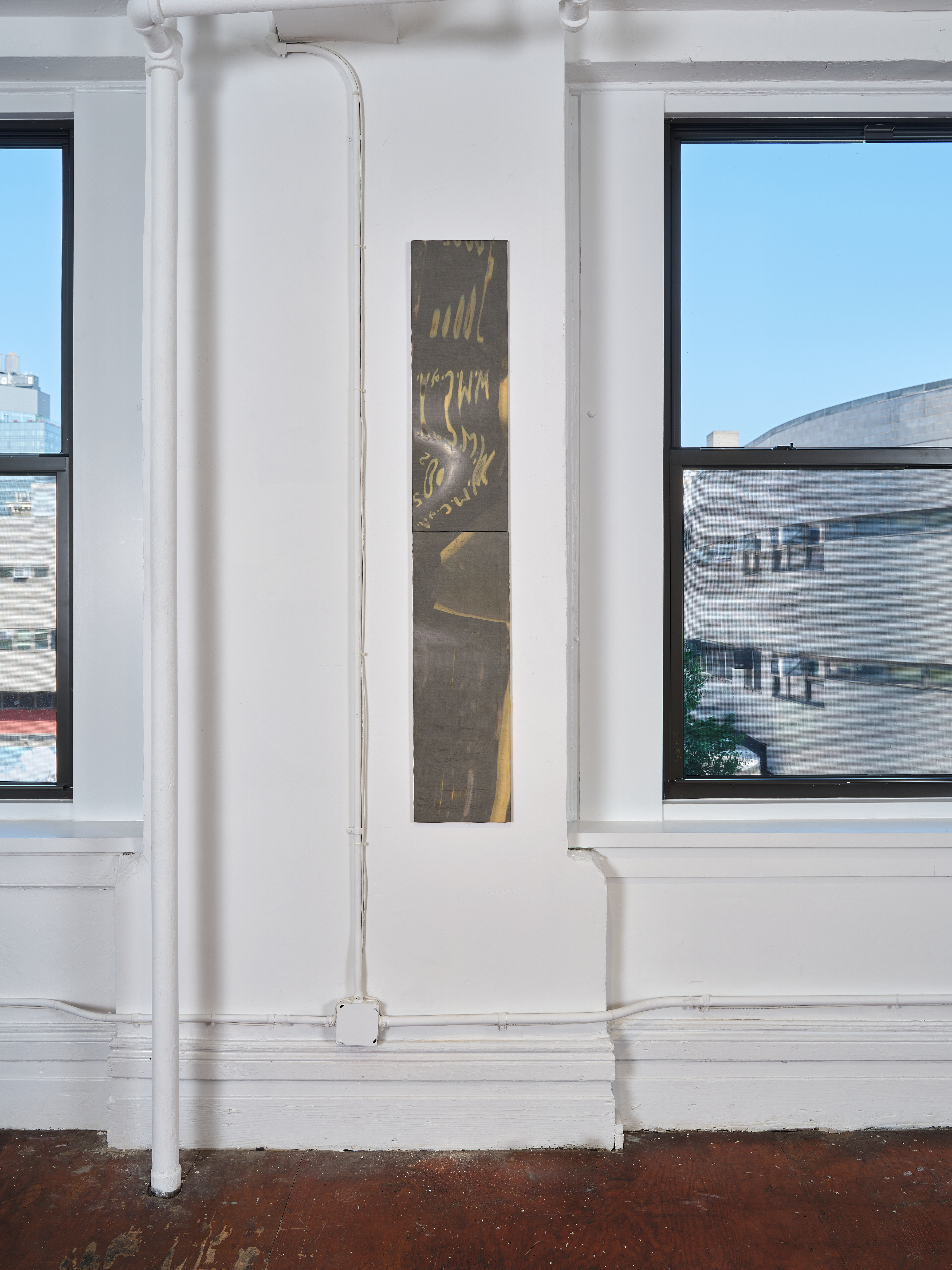
58 1/4 x 9 3/4 x 1/2 in

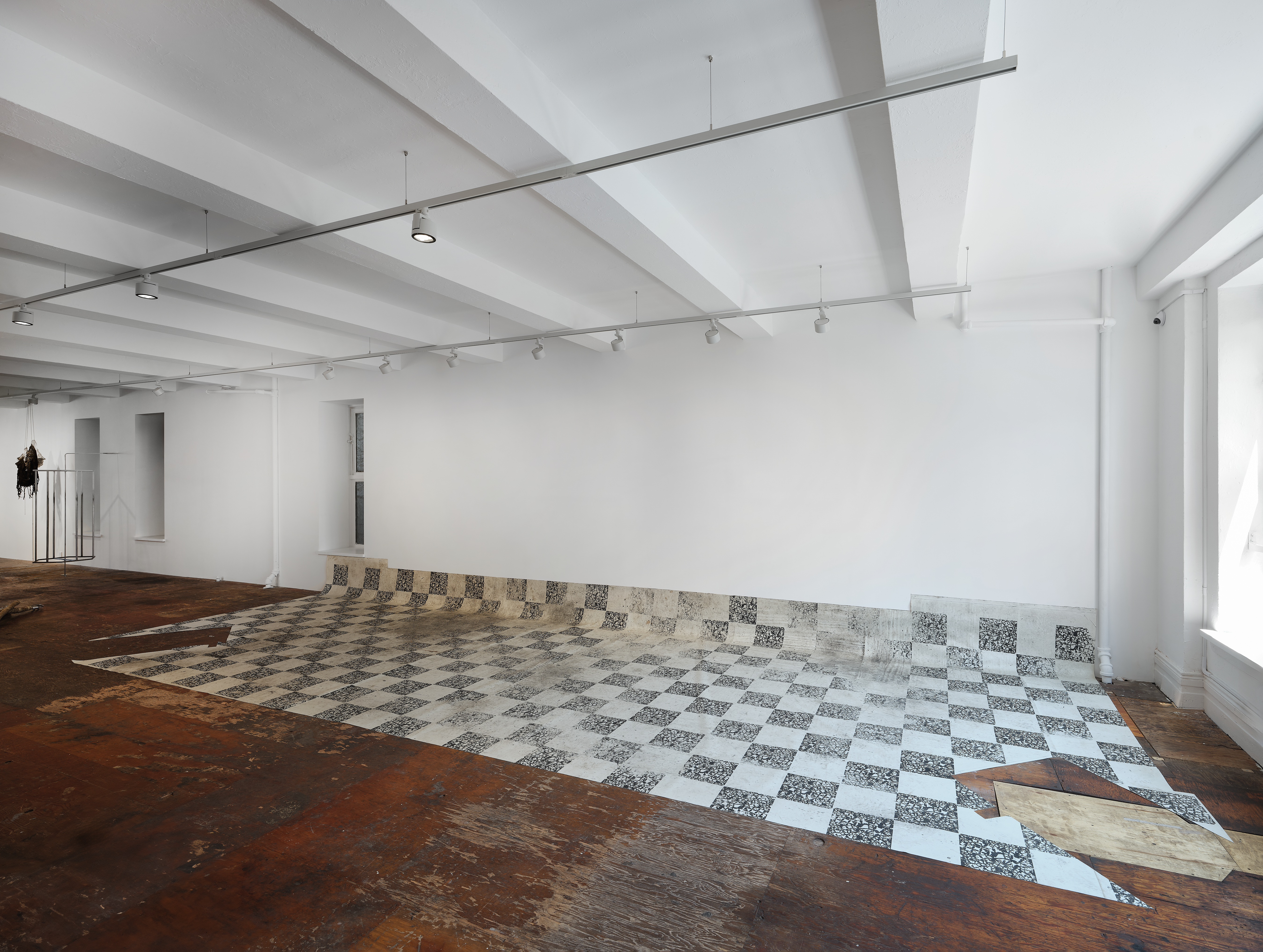
144 x 360 in
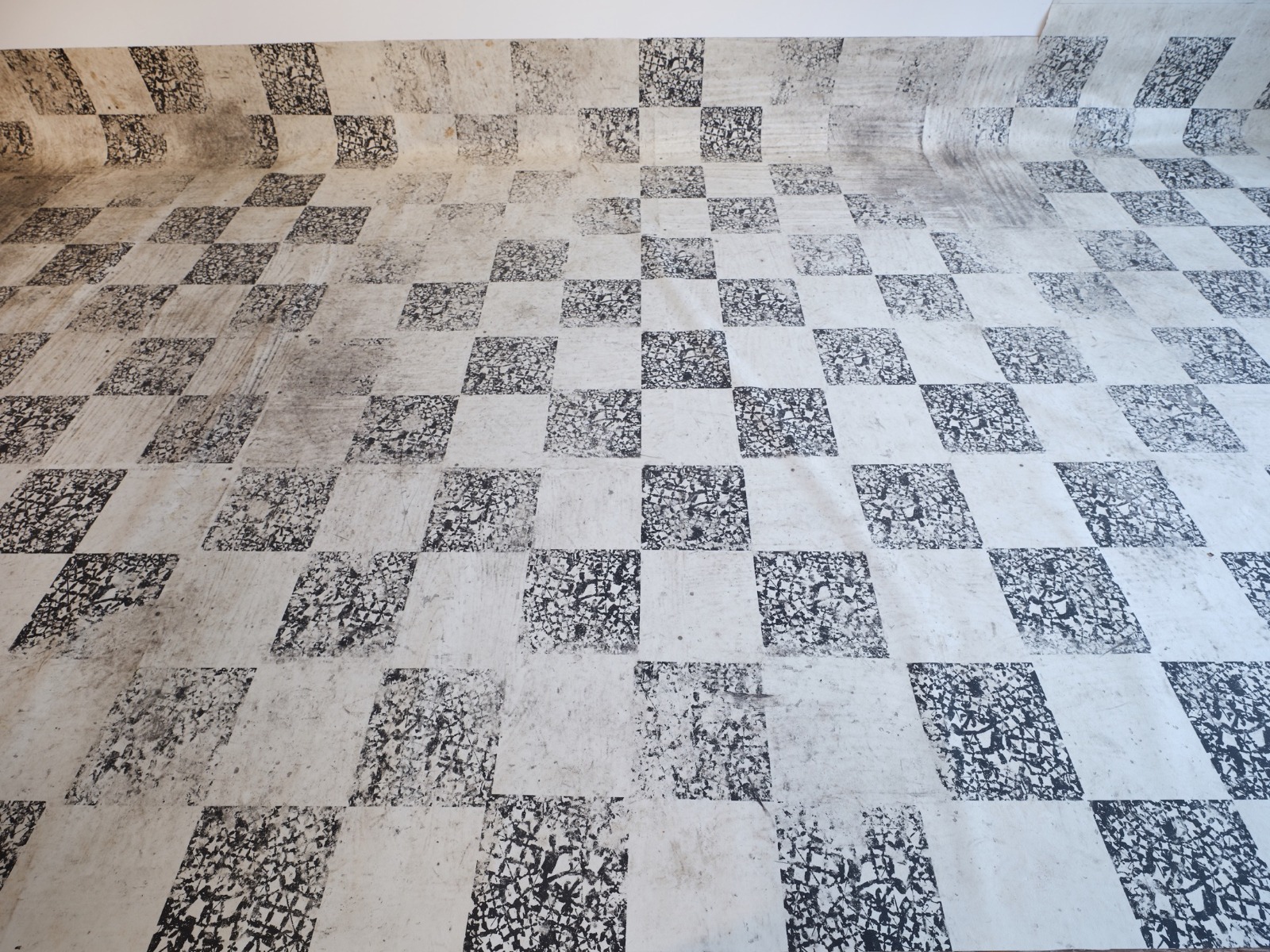
(Details) Jesús Hilario-Reyes
Nowadays, 2025
Floor vinyl
365.8 x 914.4 cm
144 x 360 in
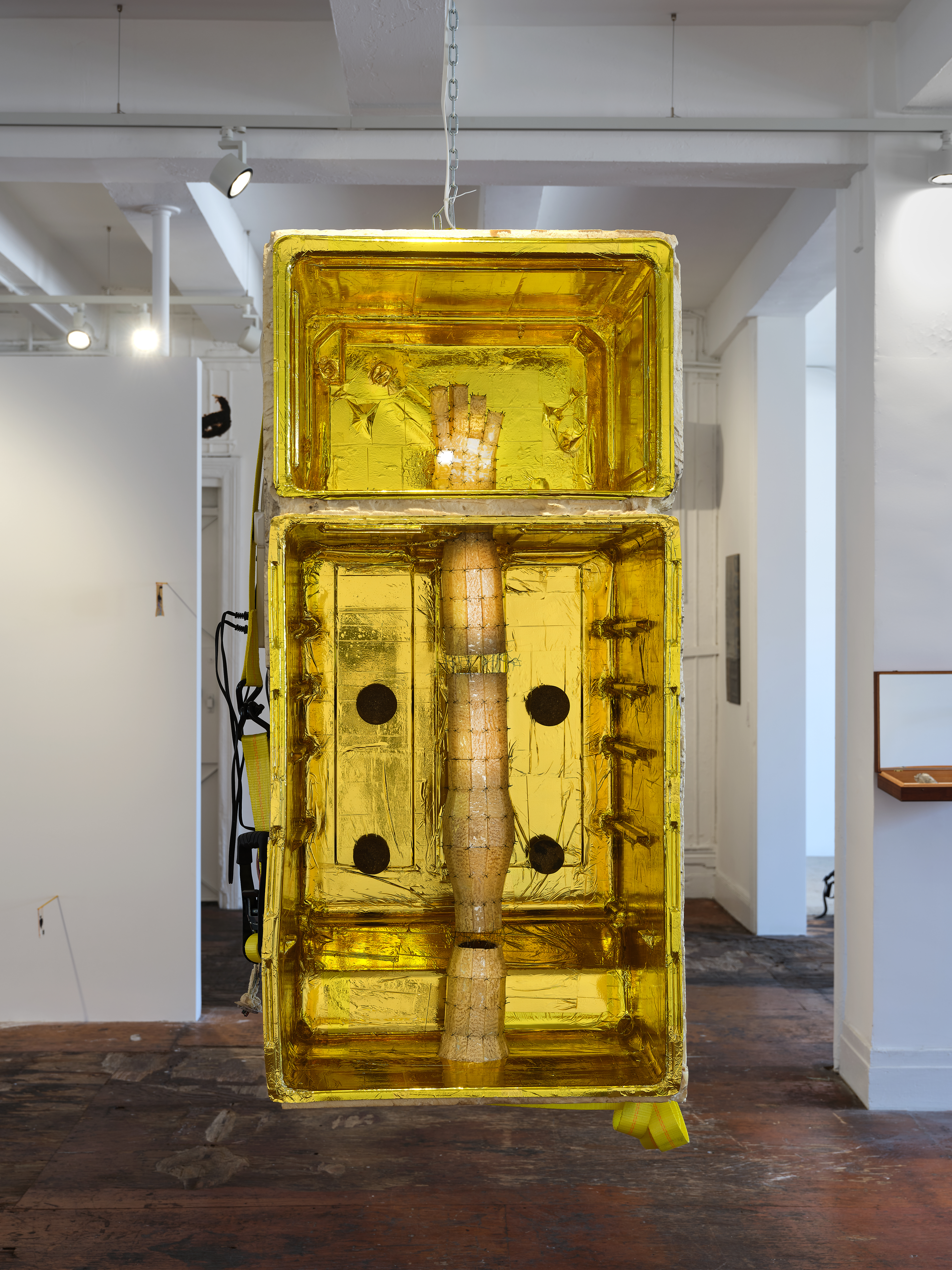
64 x 27 x 25 in
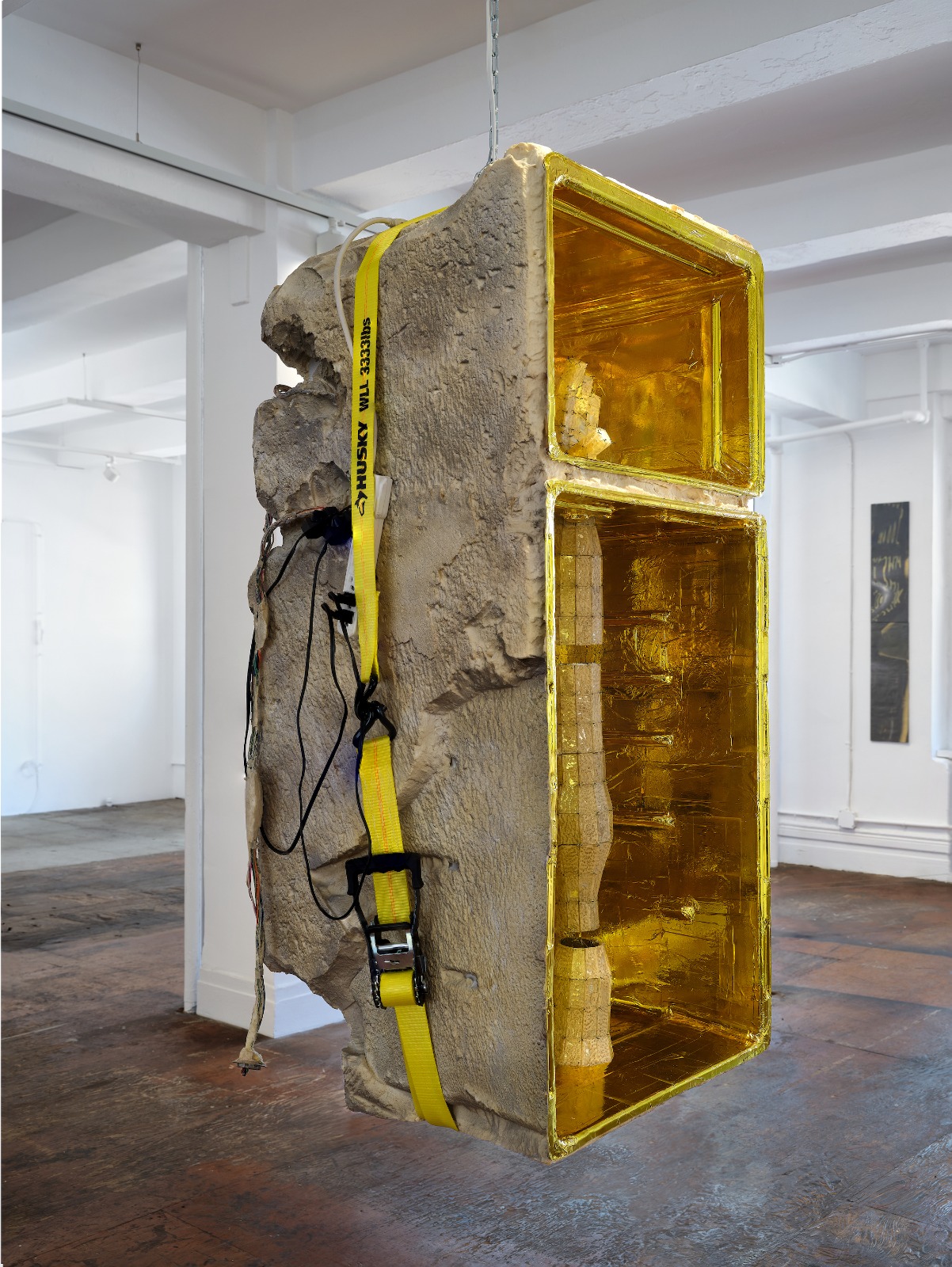
64 x 27 x 25 in
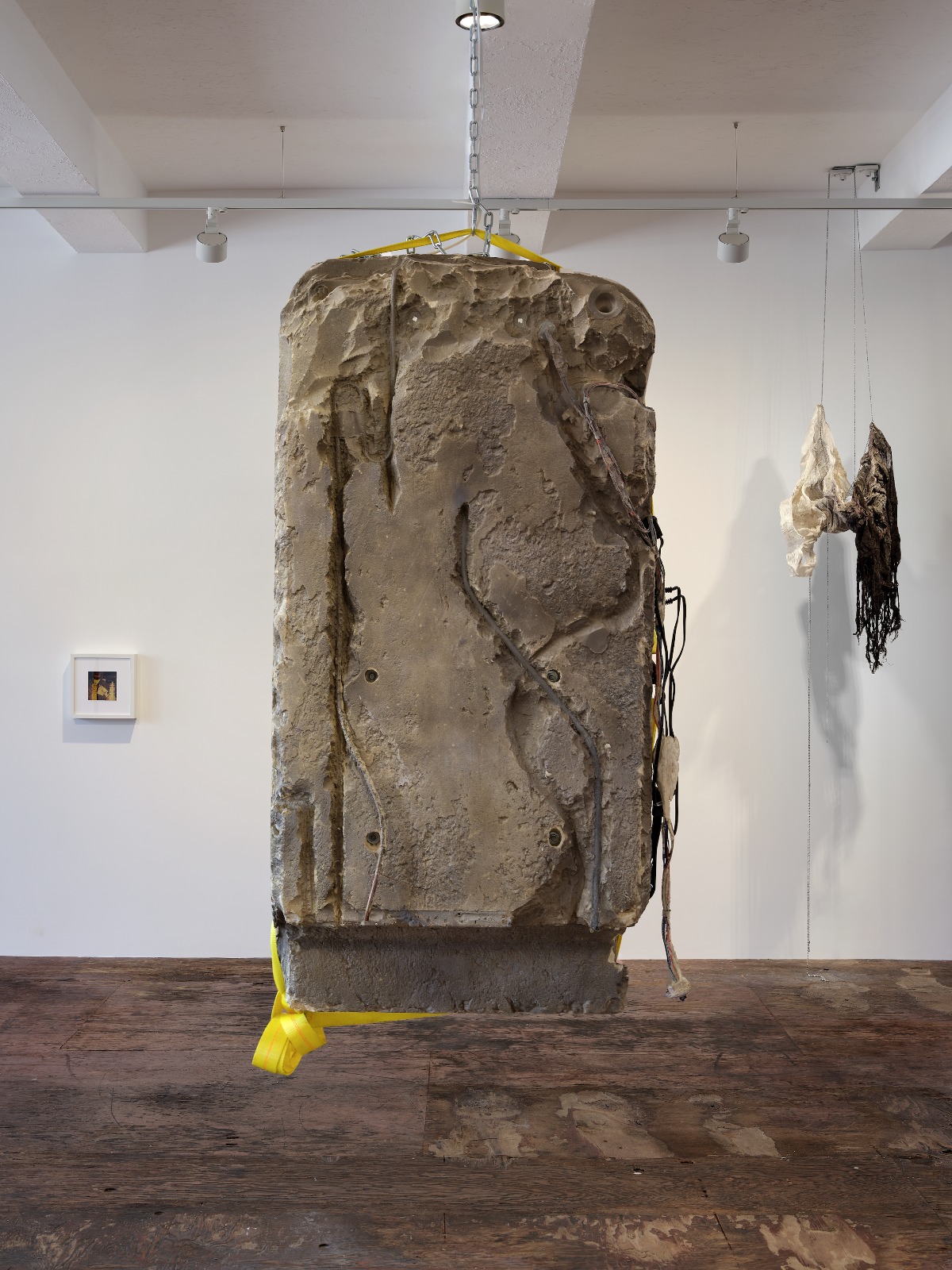
64 x 27 x 25 in
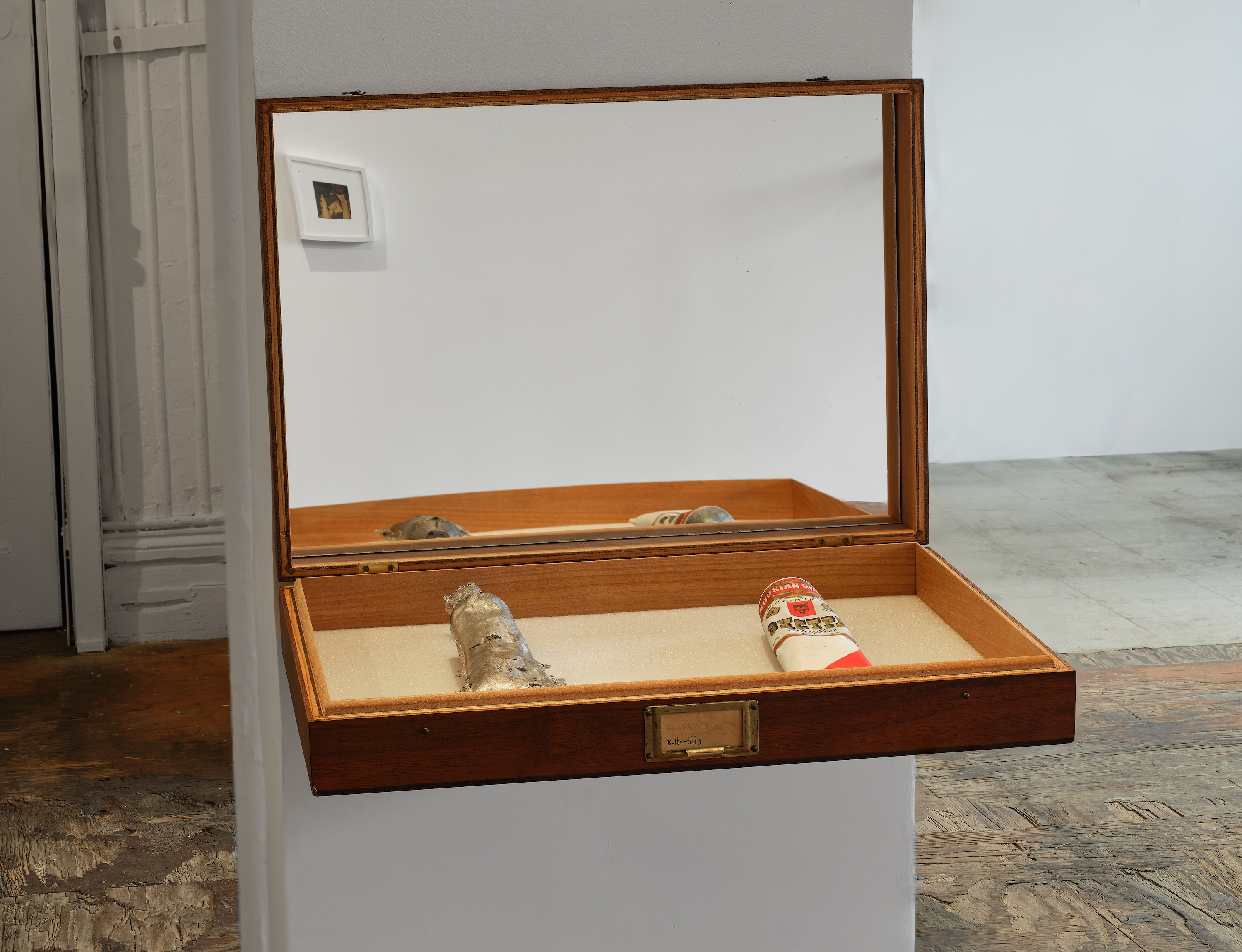
34.3 x 41.9 x 34.3 cm
13 1/2 x 16 1/2 x 13 1/2 in
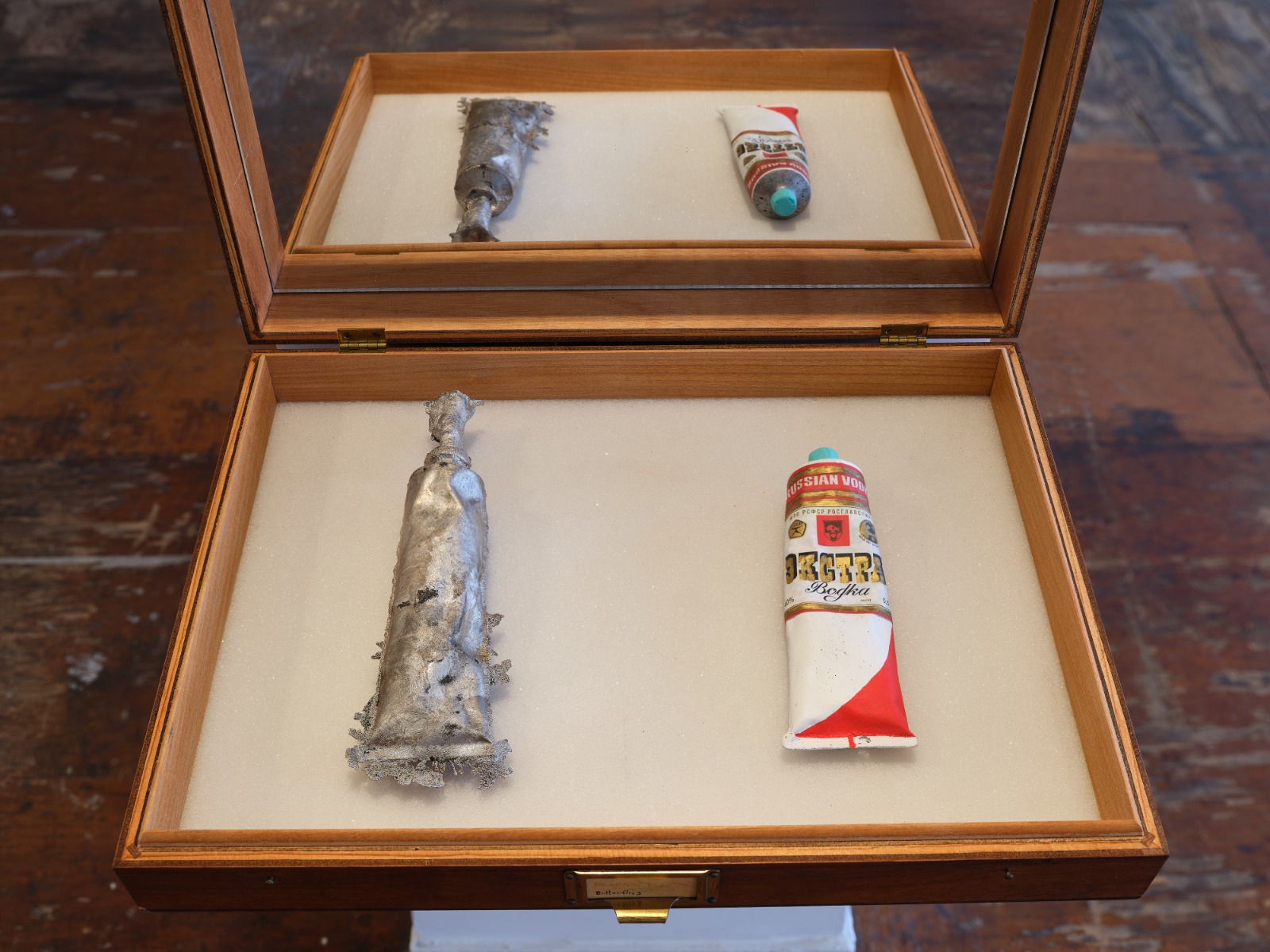
34.3 x 41.9 x 34.3 cm
13 1/2 x 16 1/2 x 13 1/2 in
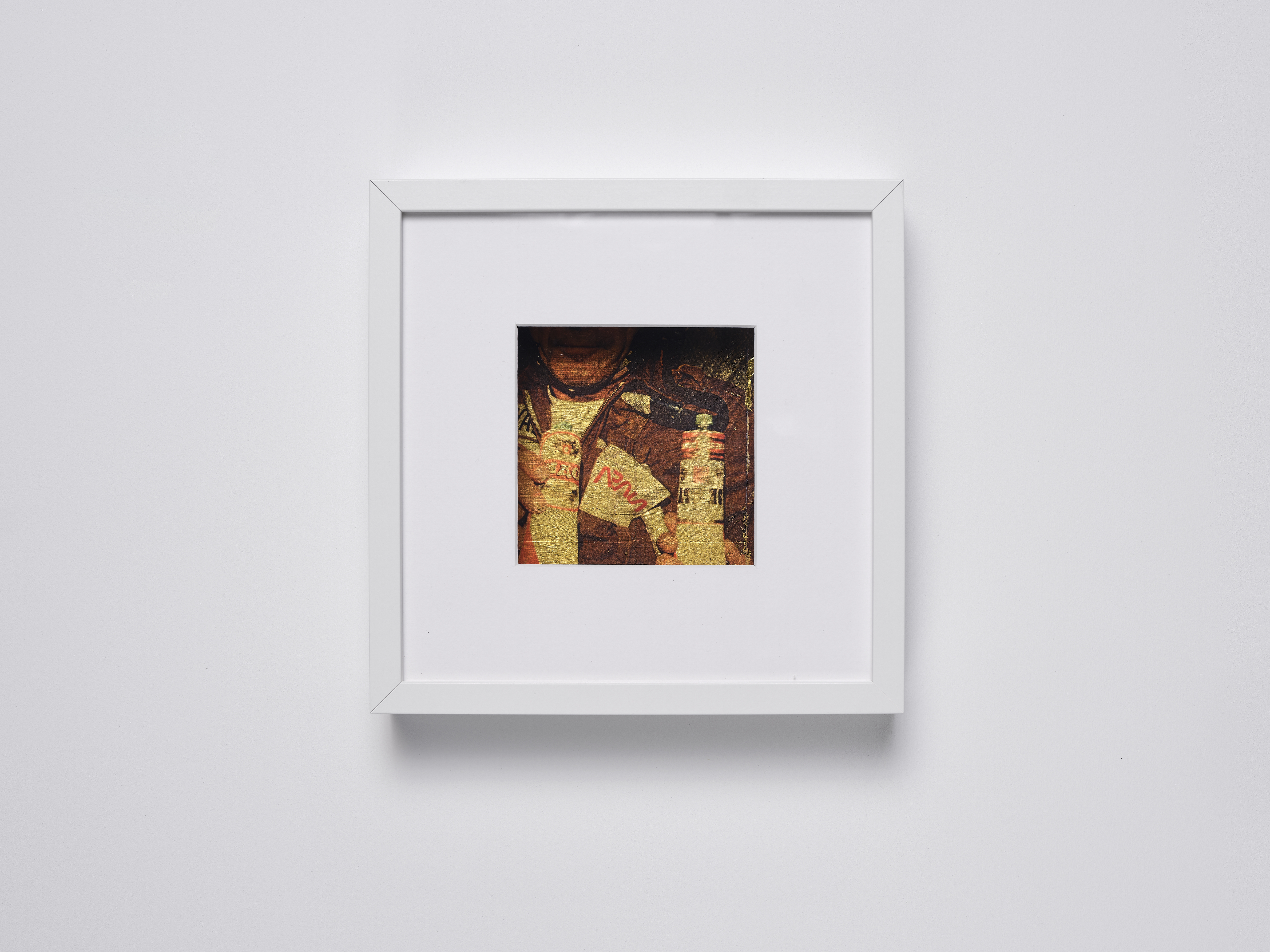
26.7 x 26.7 x 6.3 cm
10 1/2 x 10 1/2 x 2 1/2 in

28 x 28 x 18 in
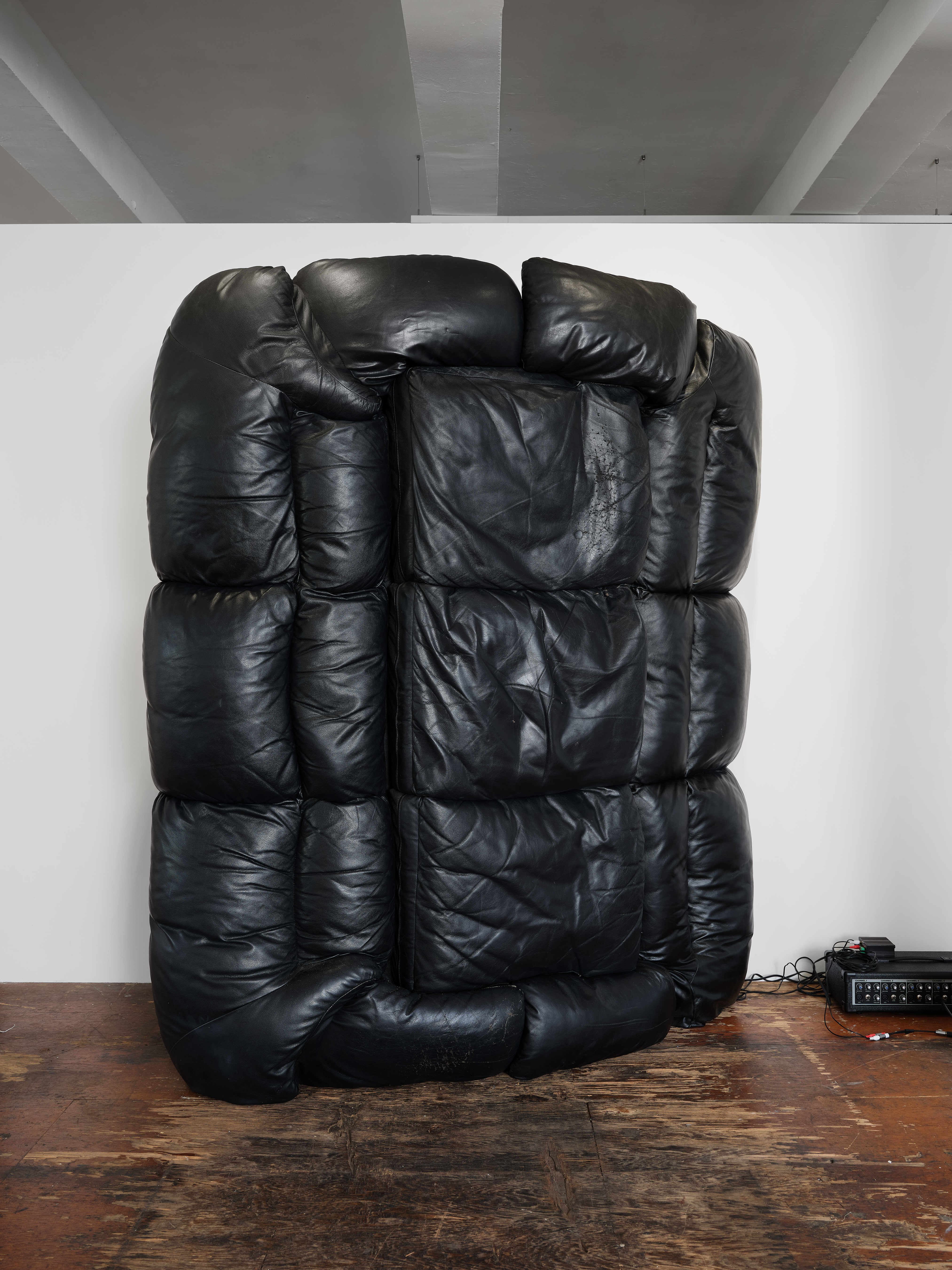
84 x 60 x 32 in
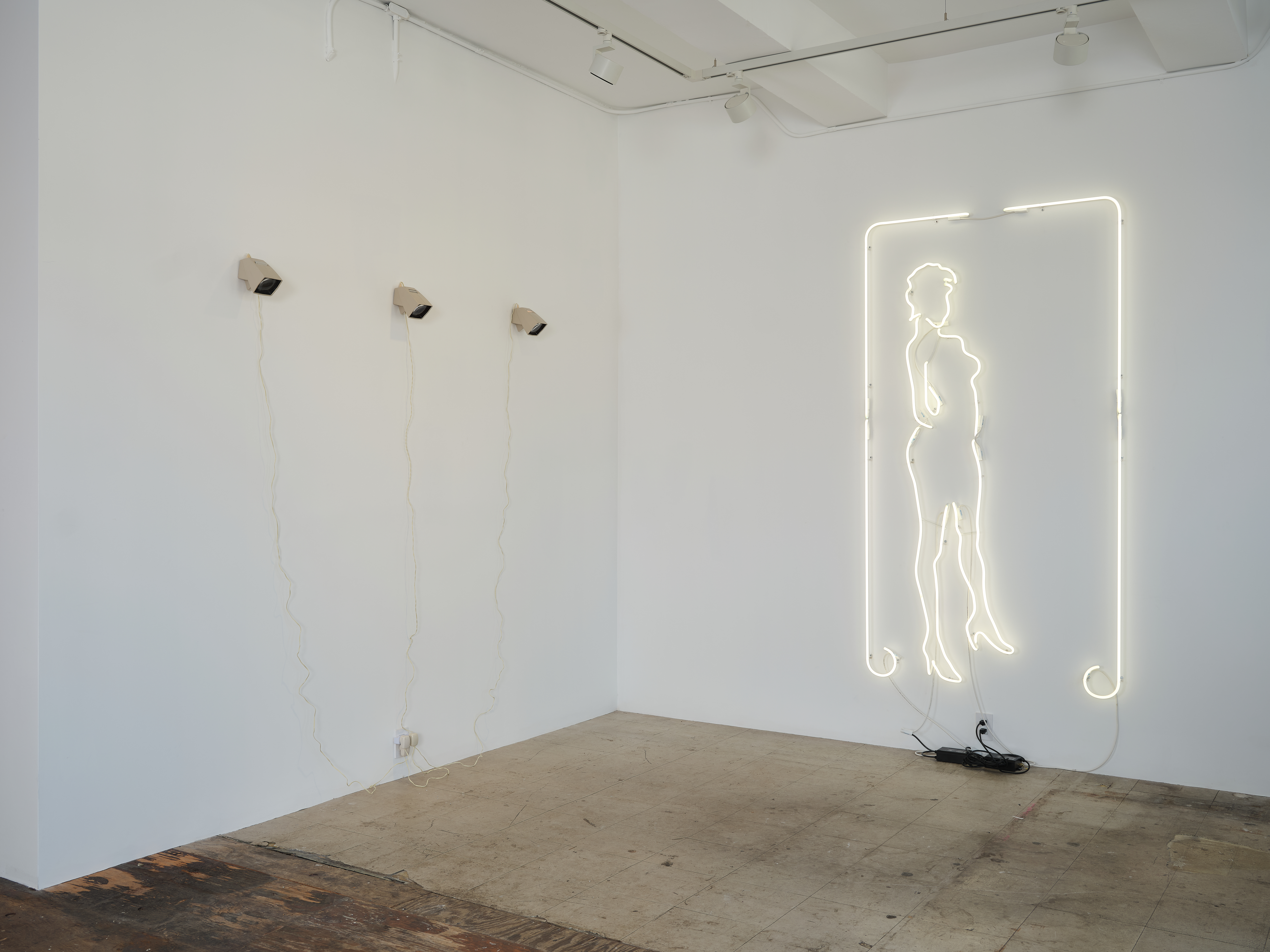
Installation view
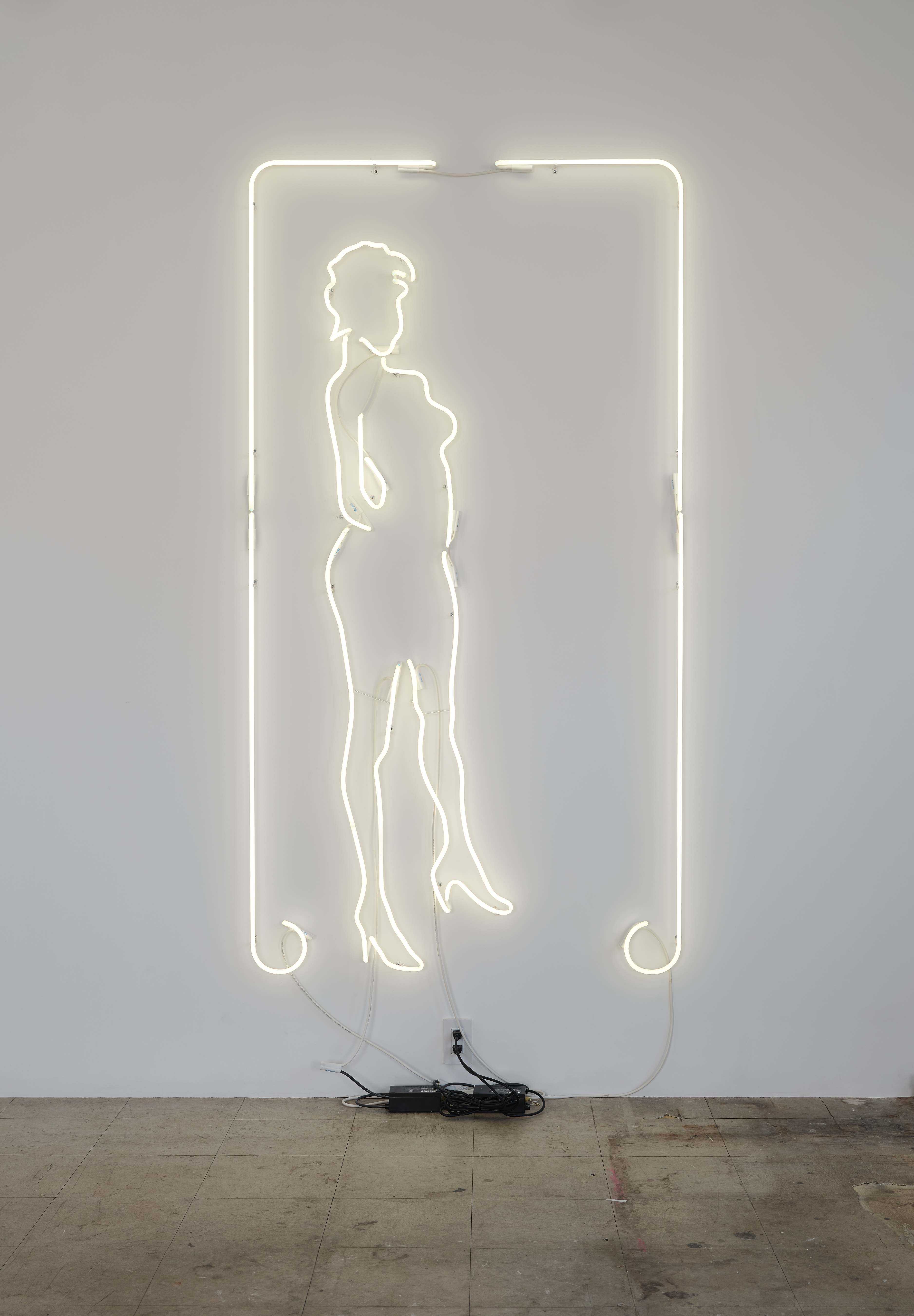
84 x 44 in
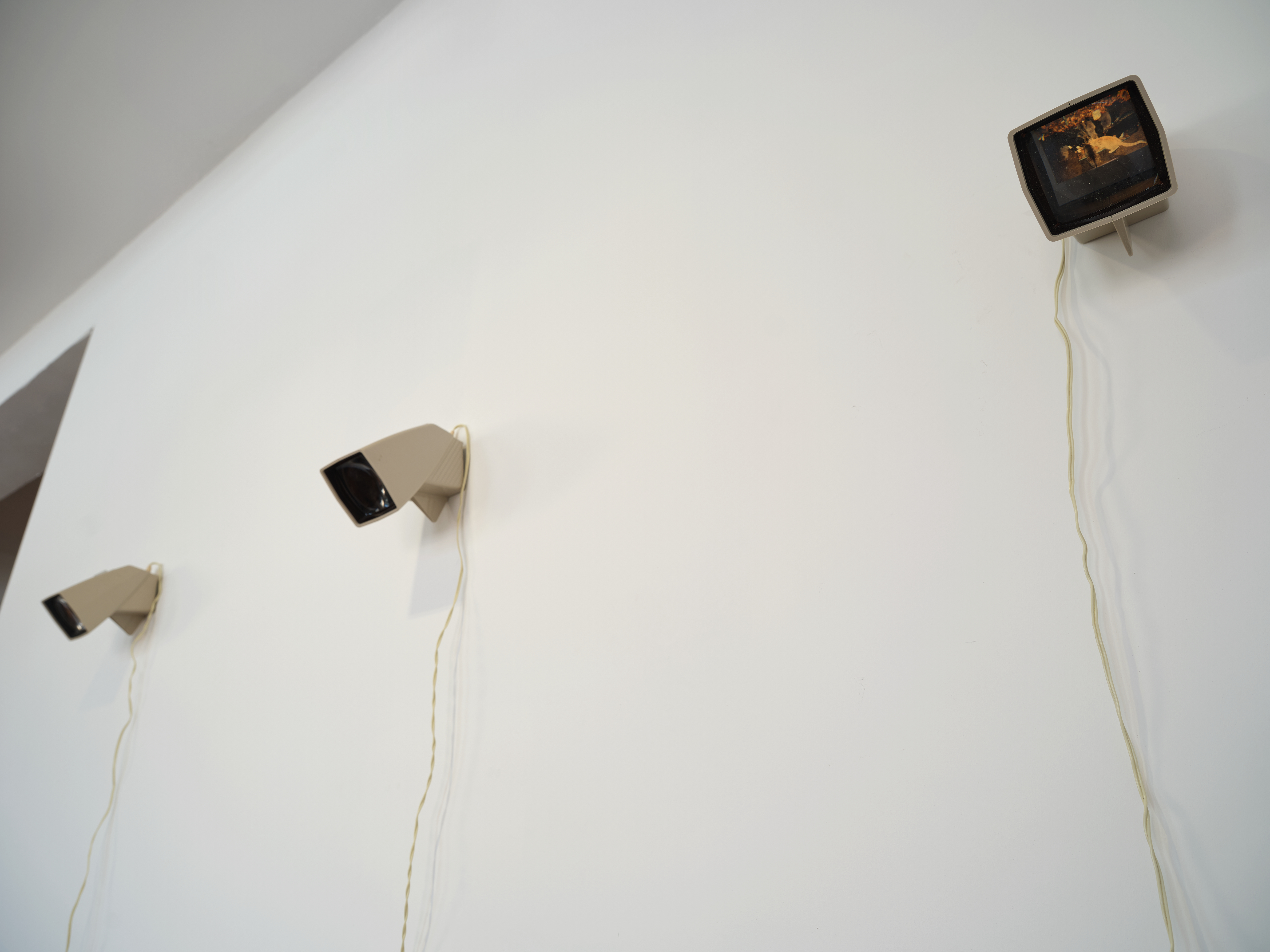
5 x 3 1/2 x 6 in each

5 x 3 1/2 x 6 in each

198.1 x 213.4 cm
78 x 84 in
Steel frames
152.4 x 213.4 cm
60 x 84 in
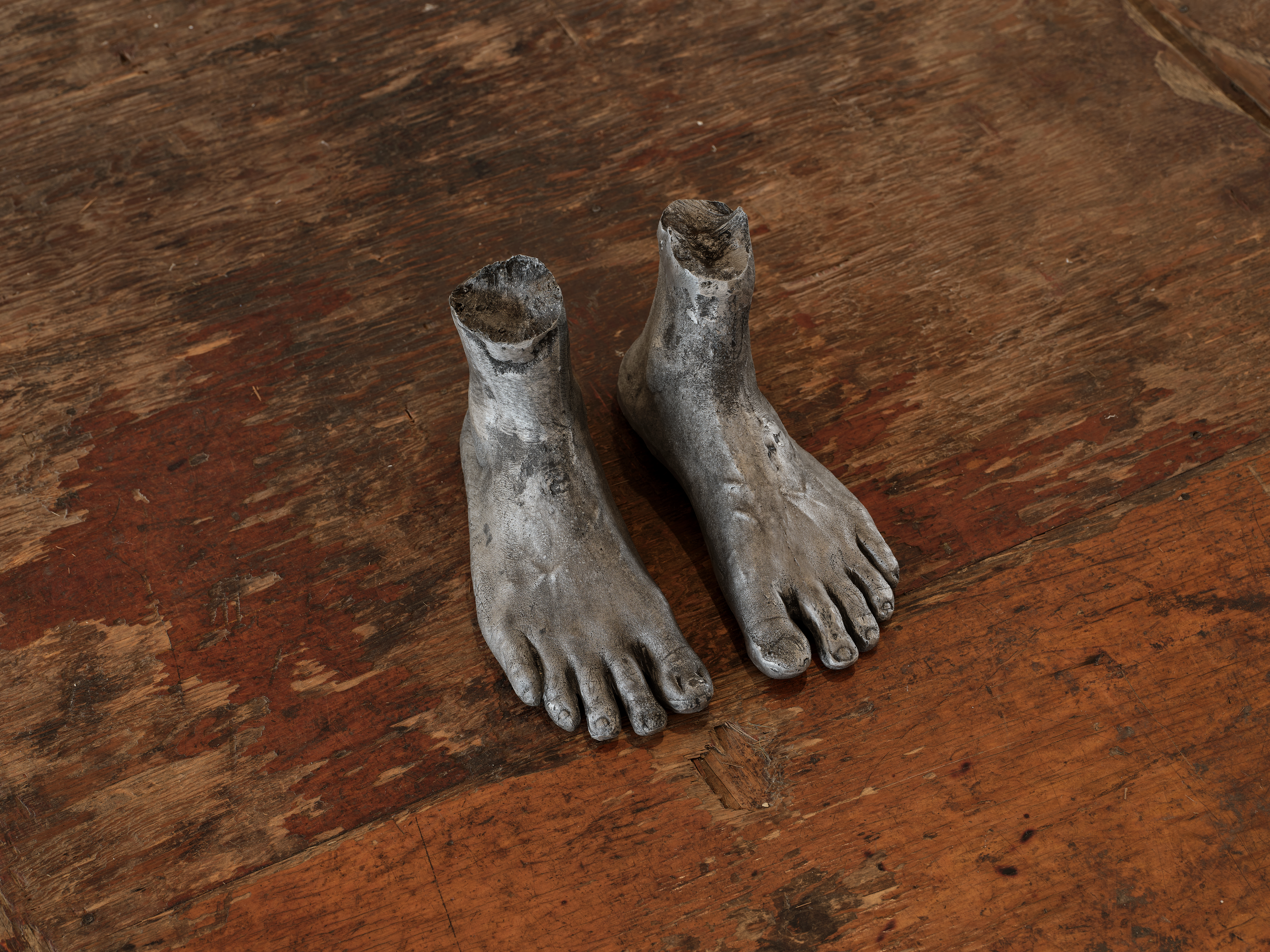
6 x 10 x 10 in
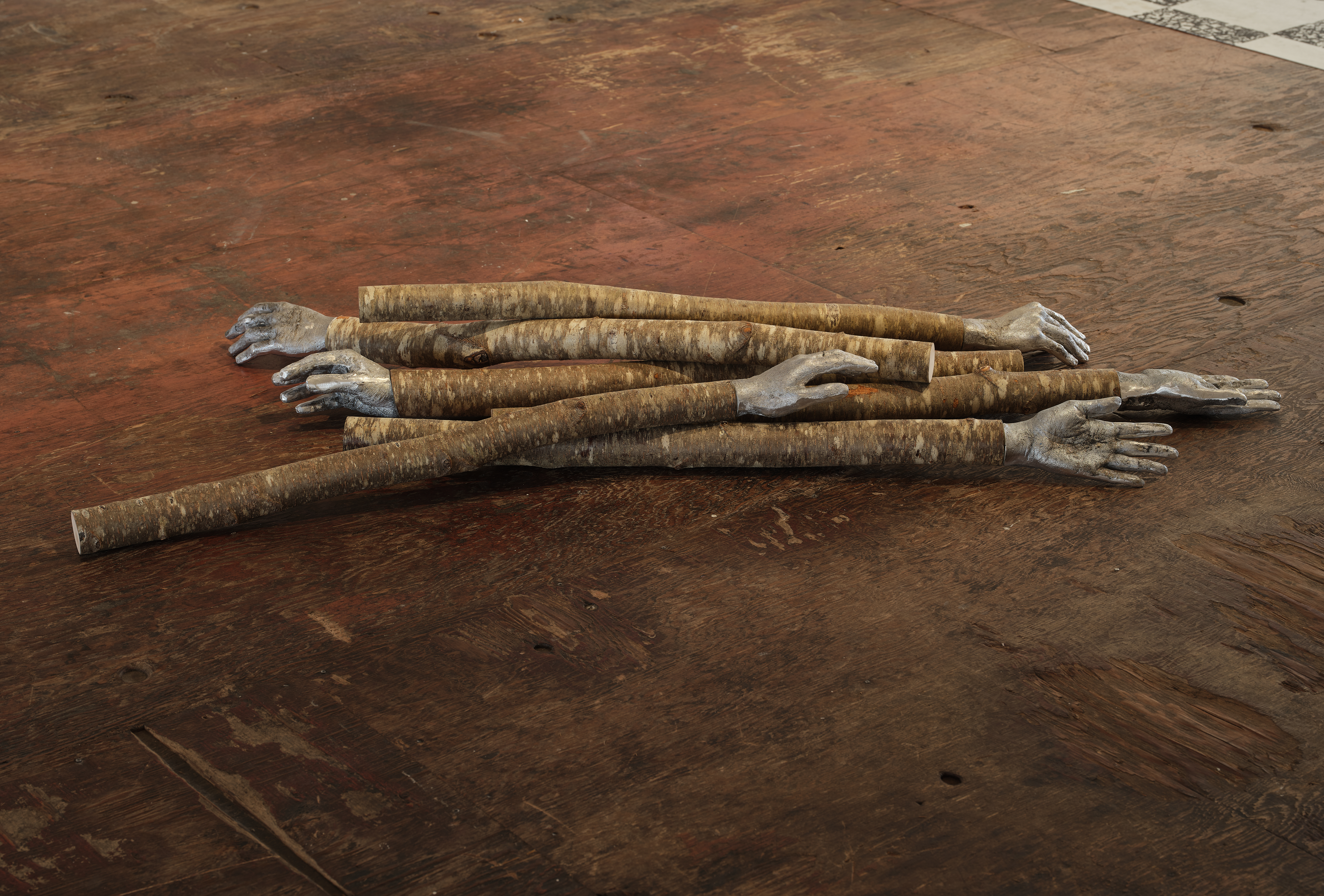
15.2 x 152.4 x 71.1 cm
6 x 60 x 28 in
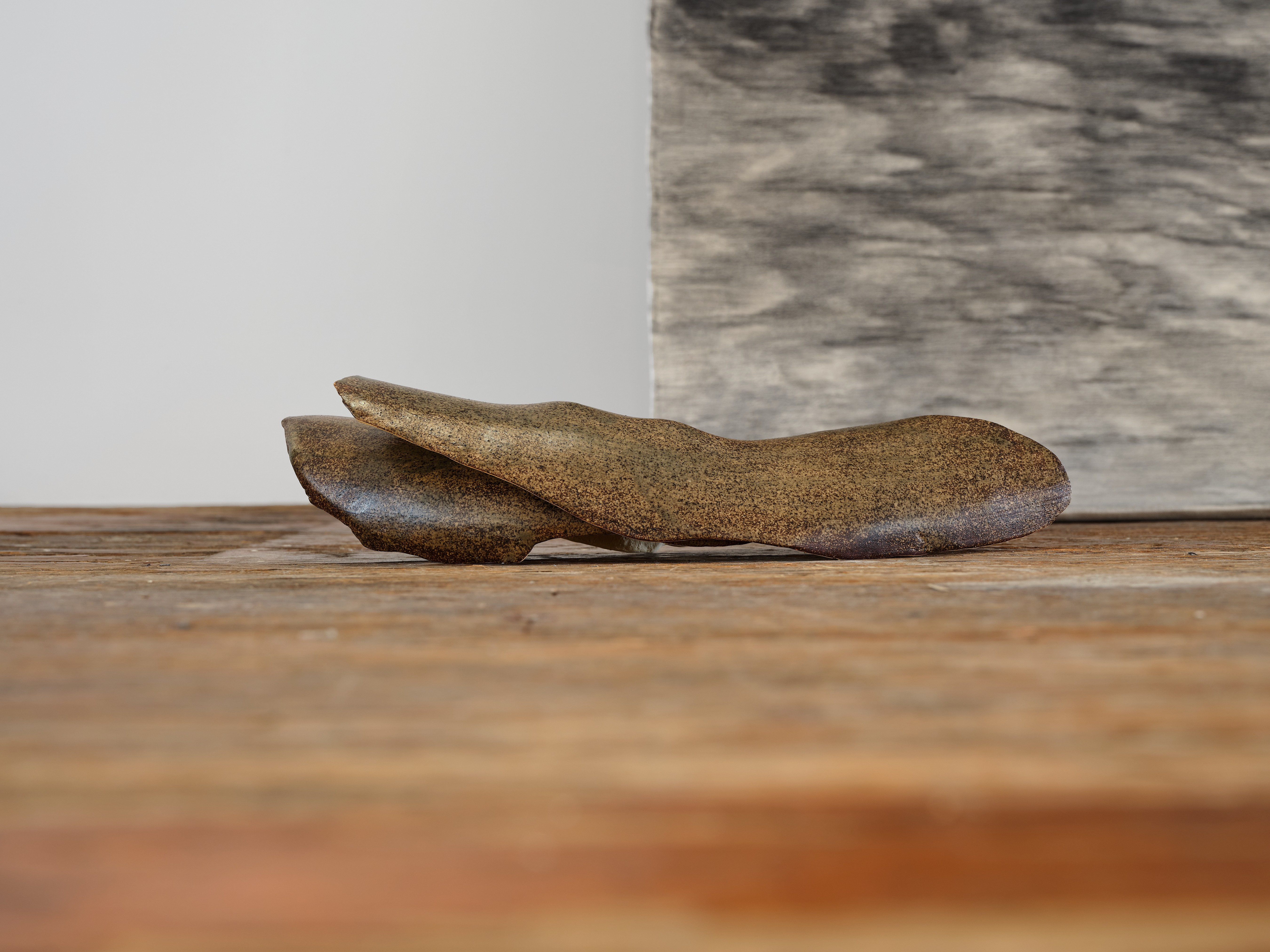
3 1/2 x 17 x 4 in
